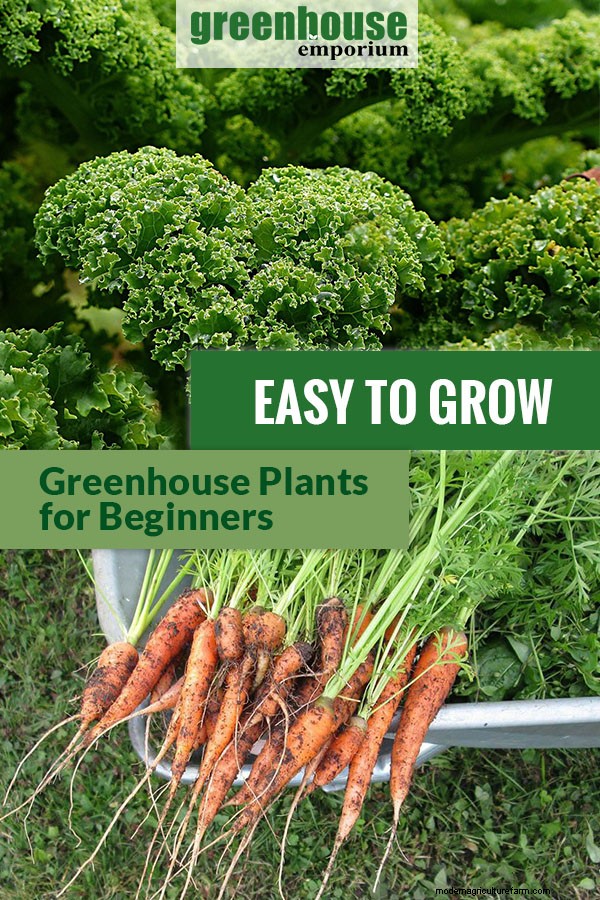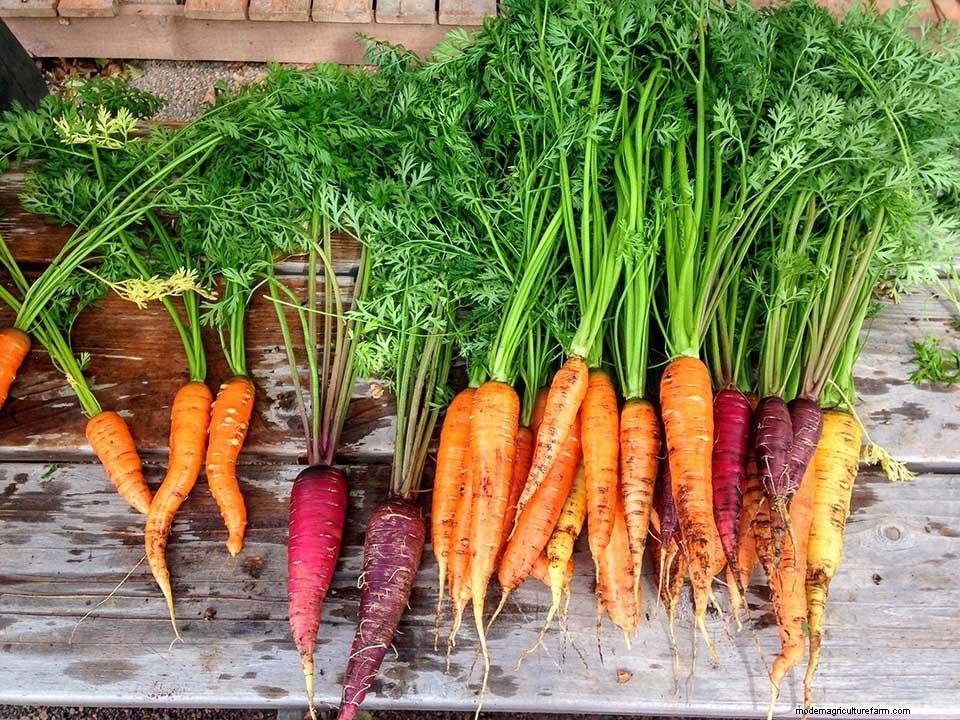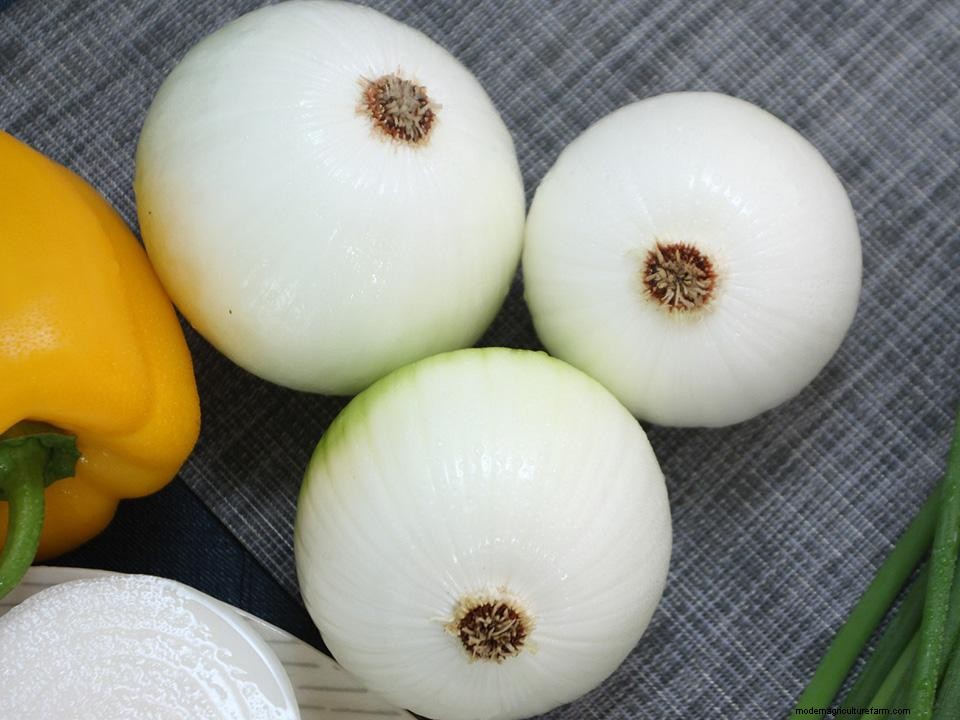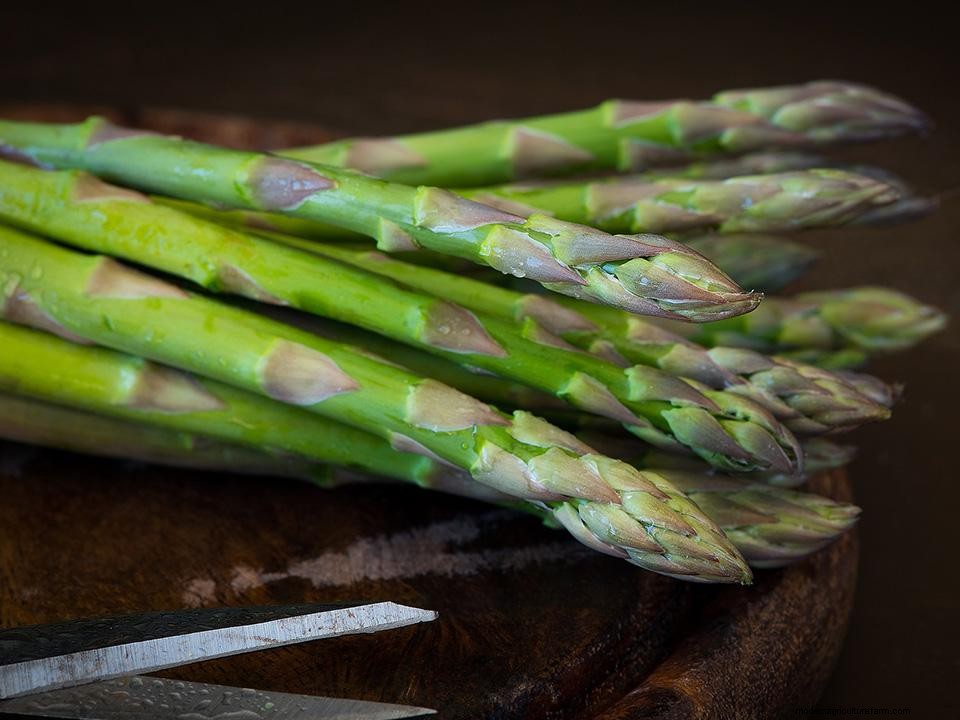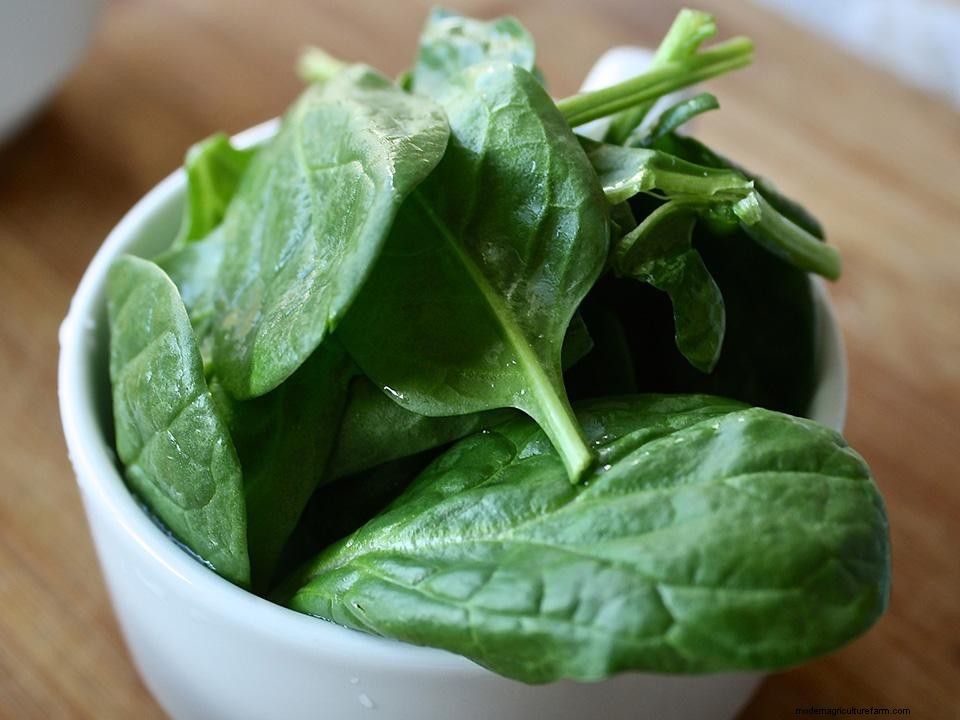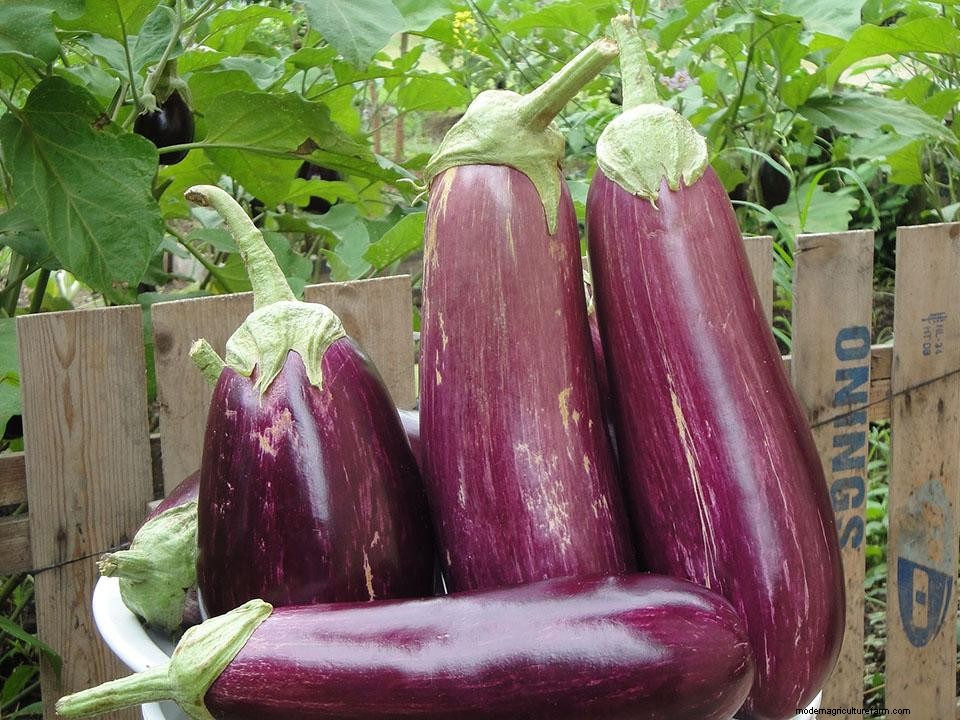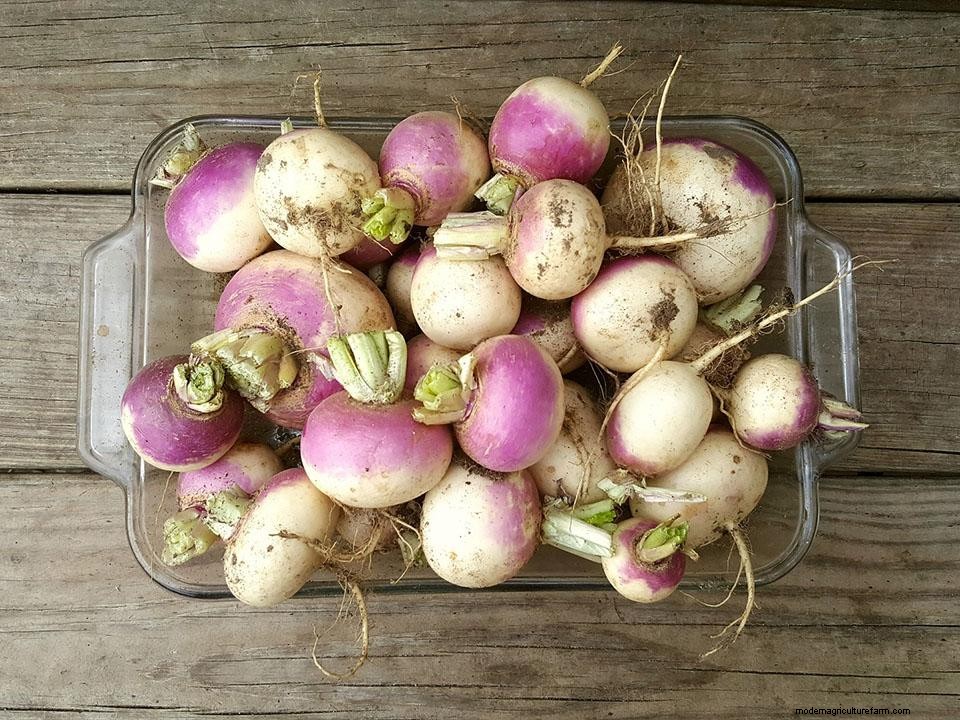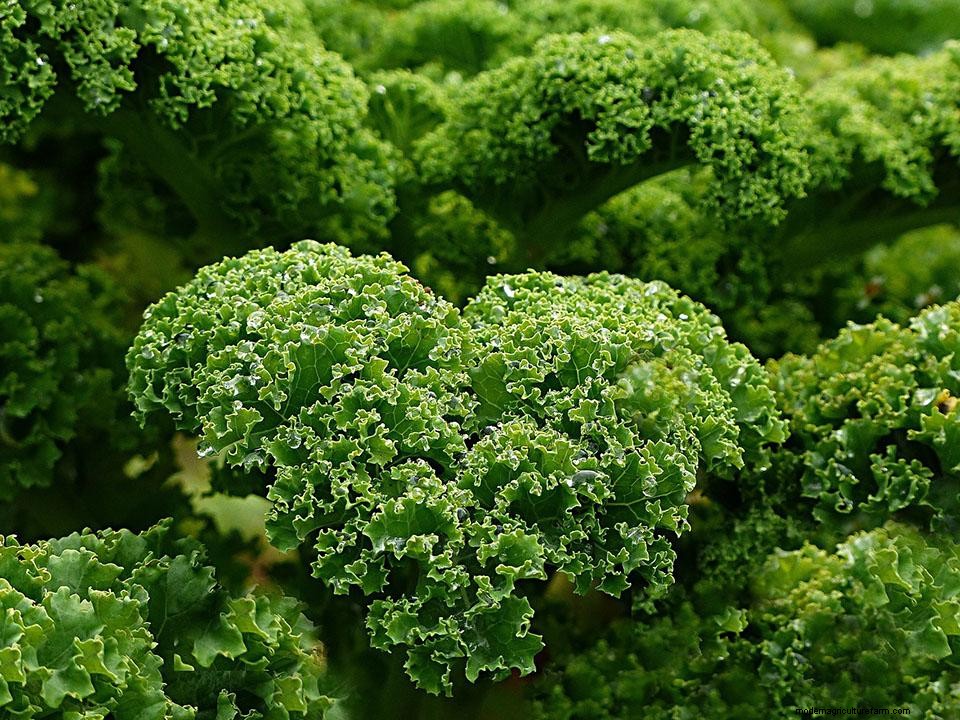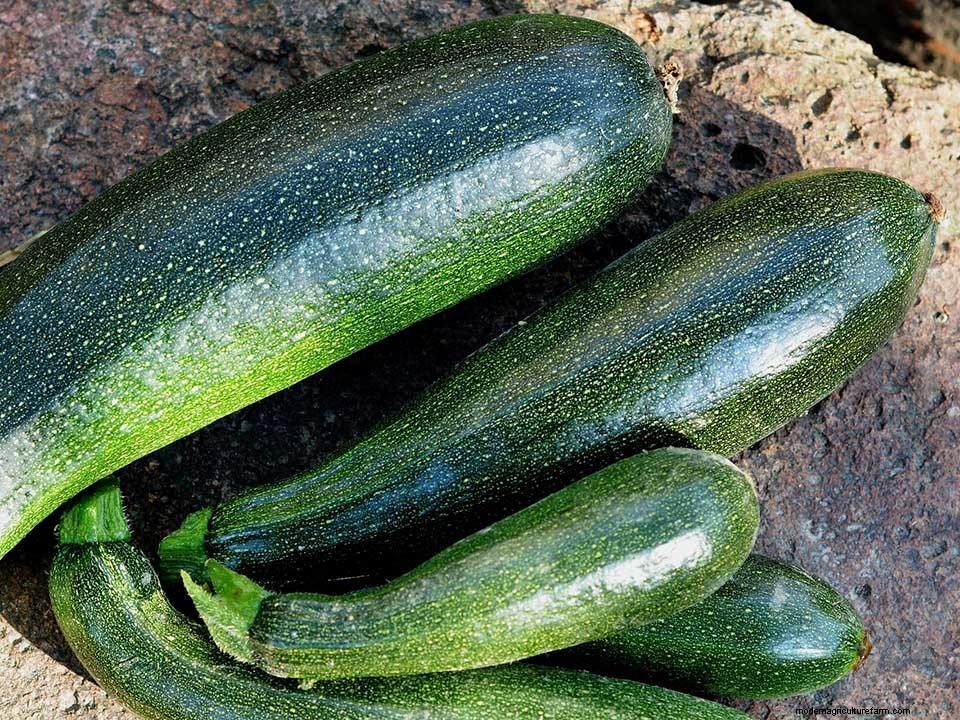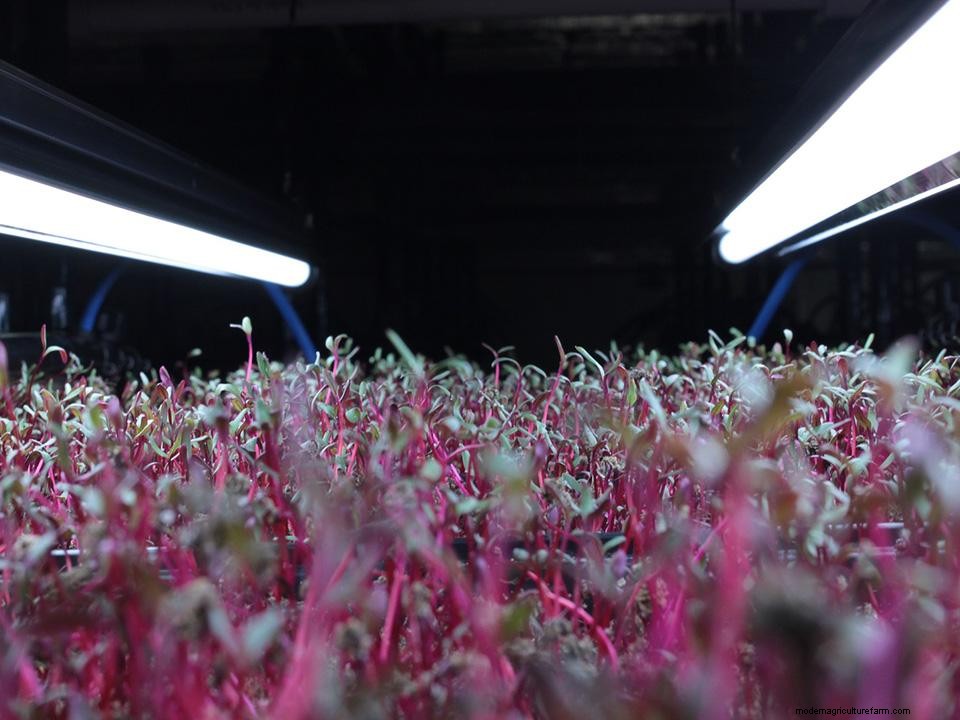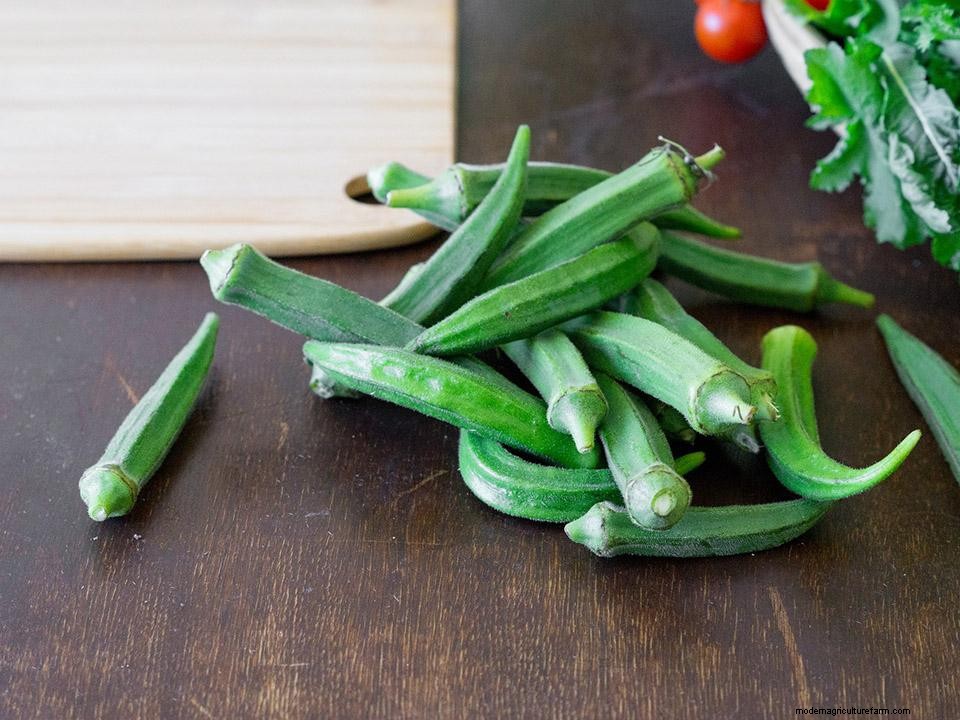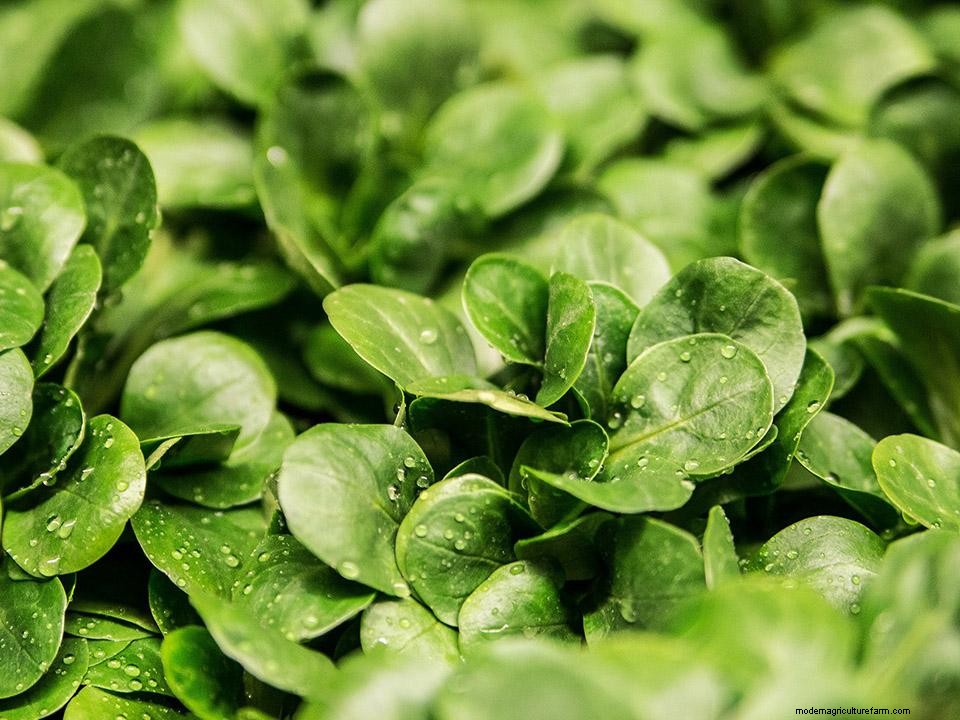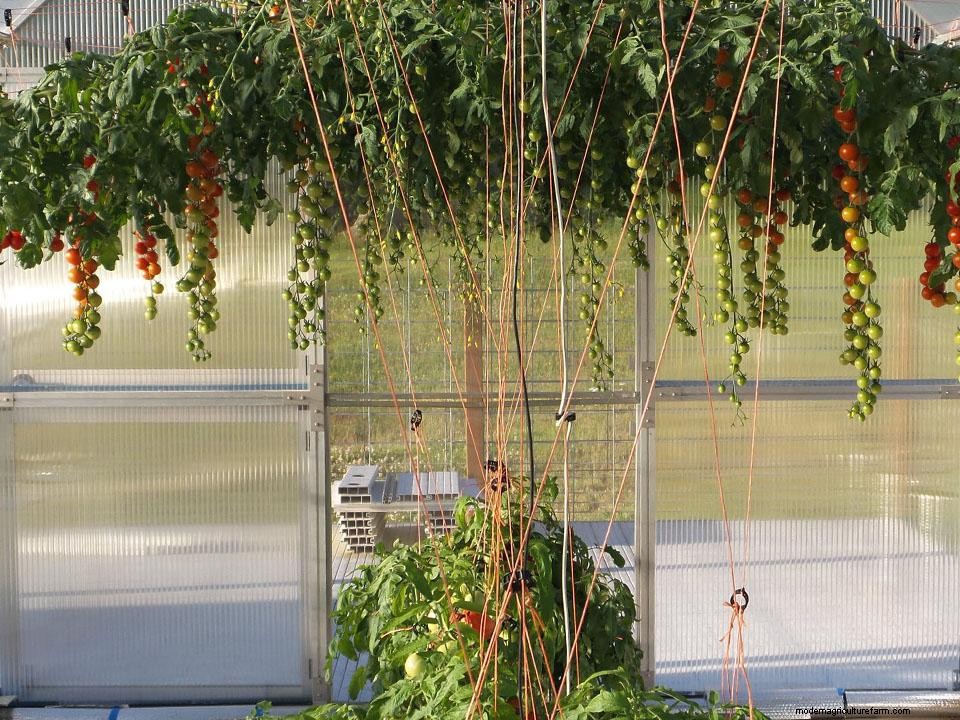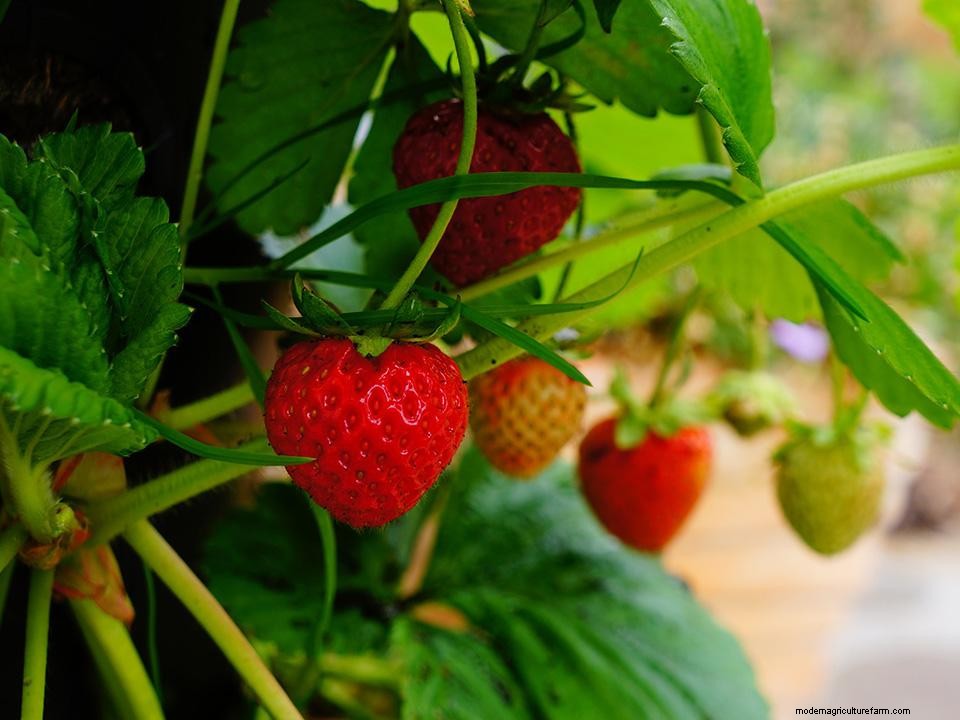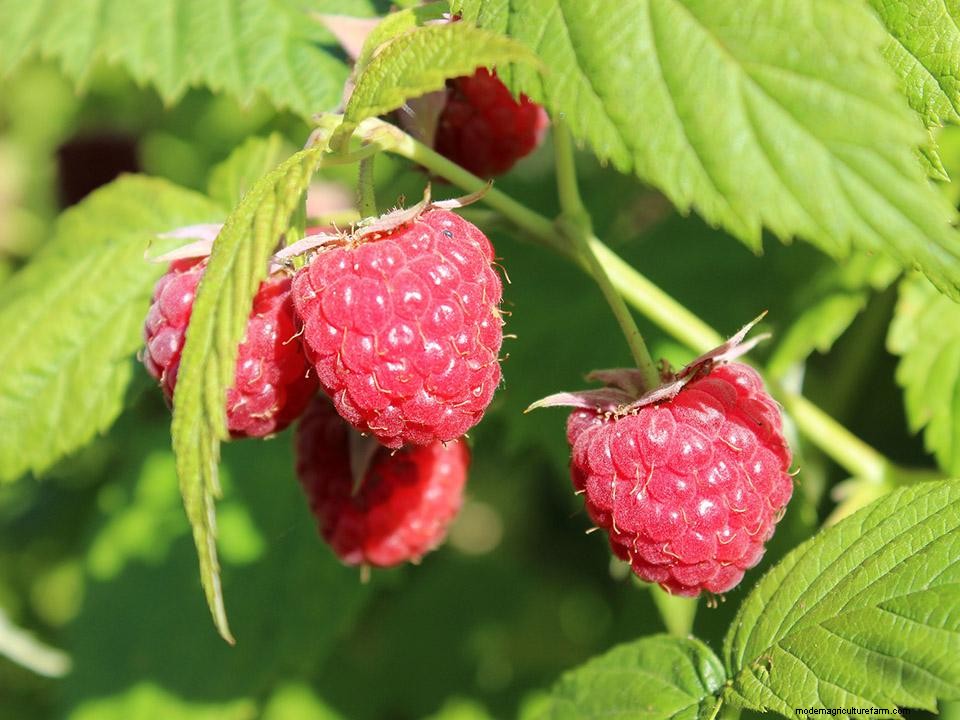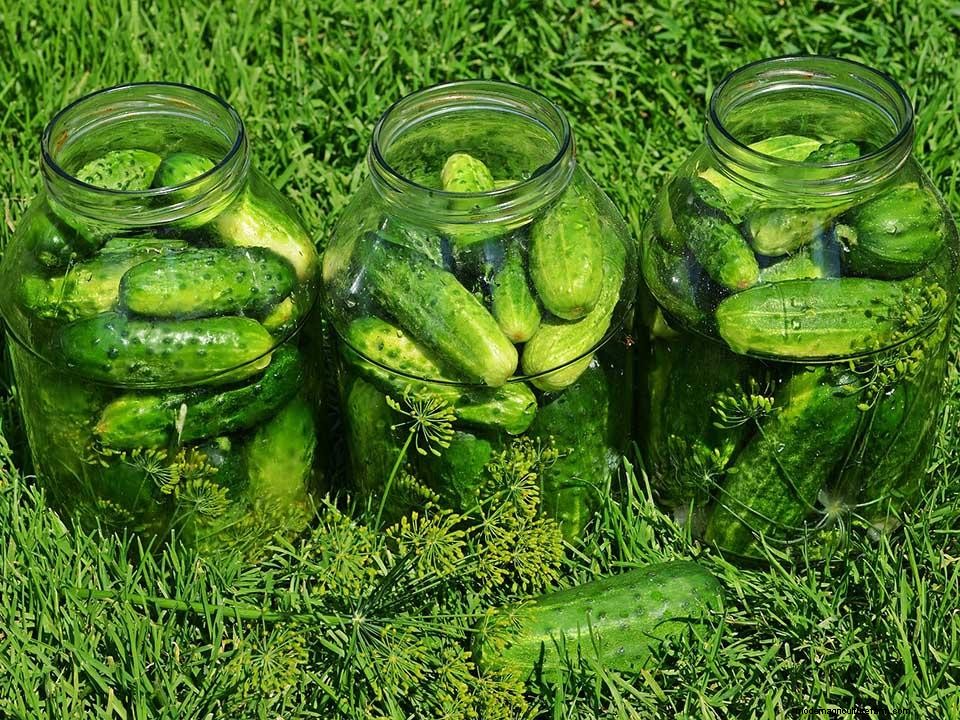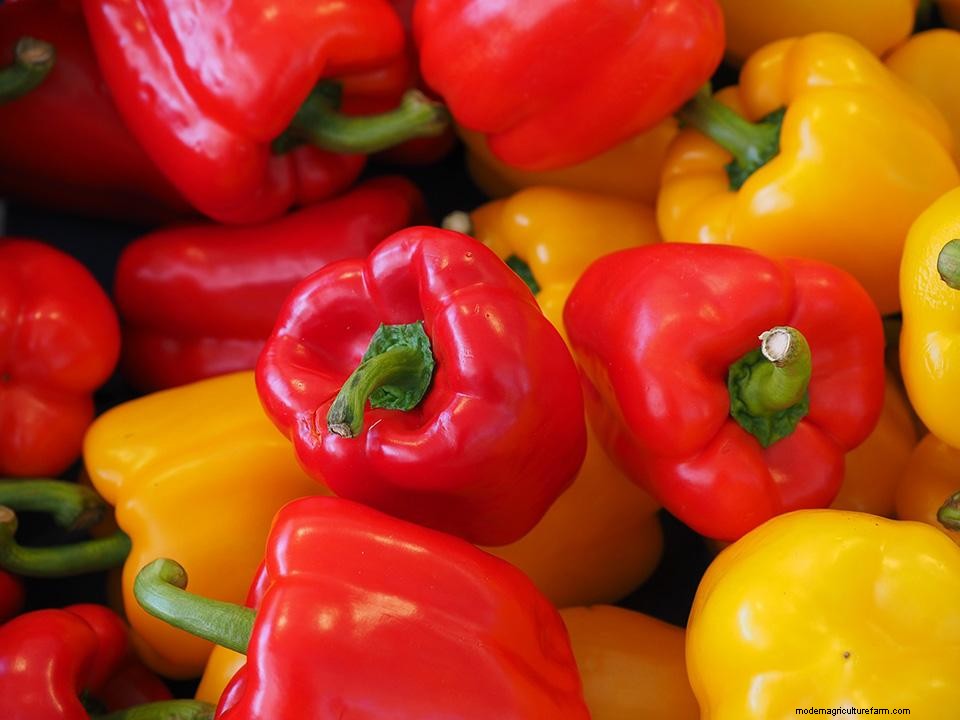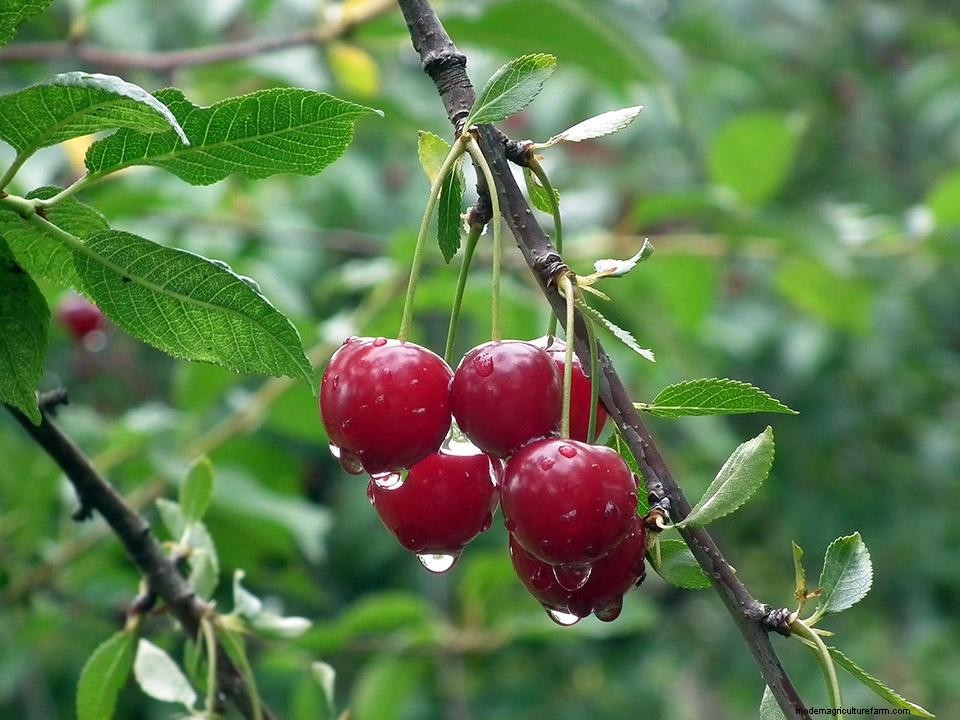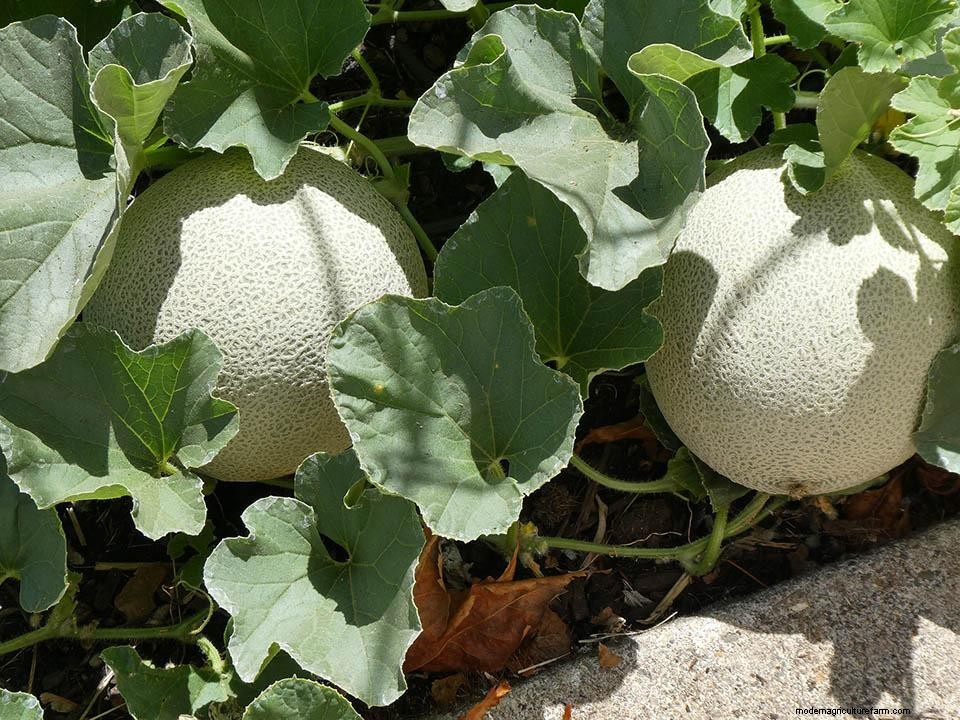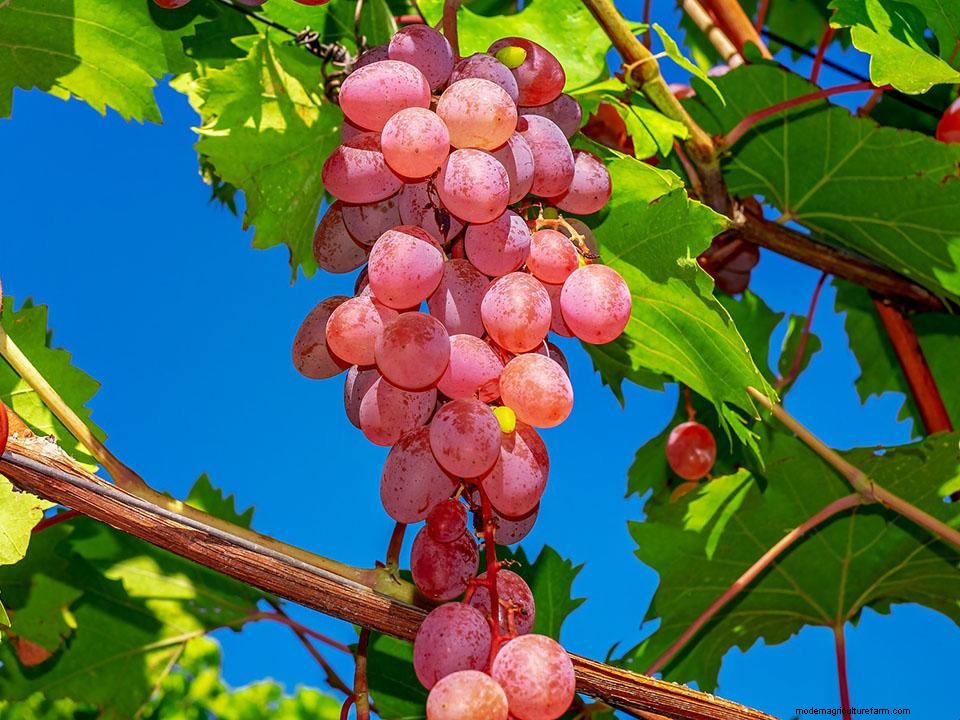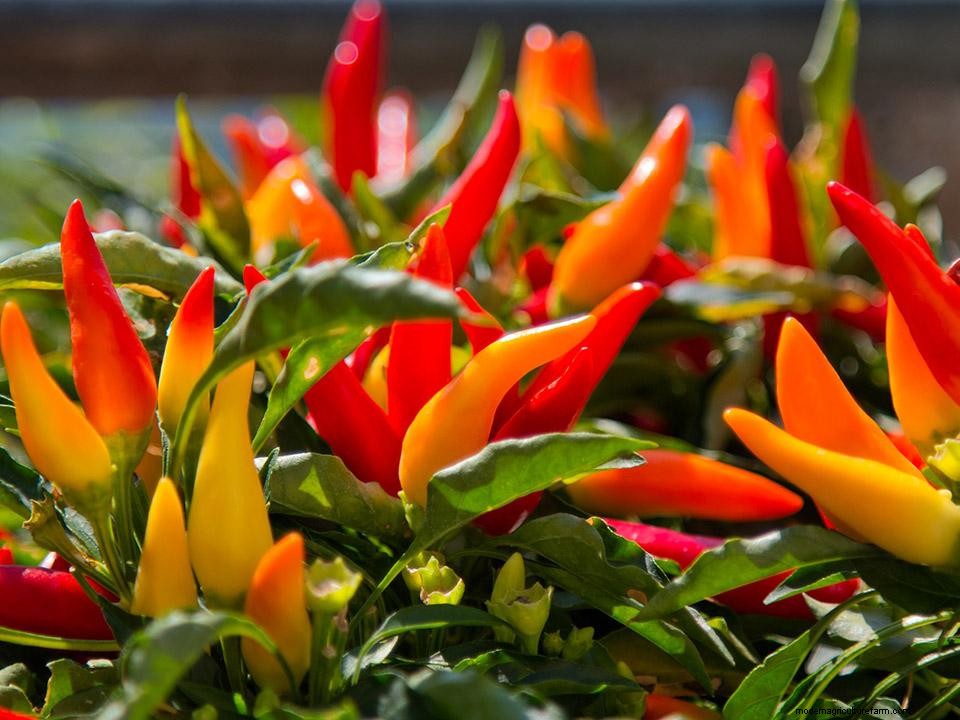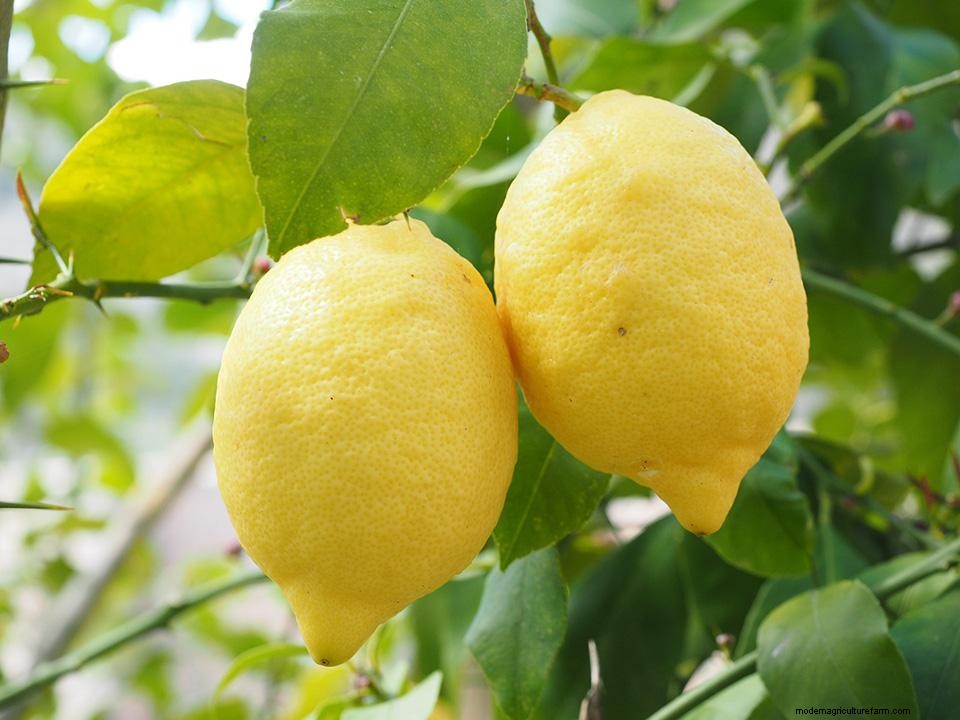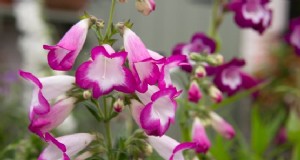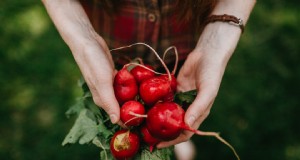温室の余分な暖かさはあなたが一年中あなたの好きな果物を育てることを可能にします。目標を設定し、満足のいく結果が得られるのを待って、ガーデニング体験を楽しんでください。
屋外でトマトを植えるのは簡単で、温室ではさらに簡単です!有機トマトの年間供給に勝るものはありません。手始めに、フザリウムやバーティシリウムなどの病気に免疫がある品種を選択してください。
トマトは、凍えるような天候に耐えられない熱を好む植物です。不十分な光は、青白い植物や虚弱な植物につながる可能性があります。たくさんの種類から選ぶことができます。最高の品種を選択することは難しい作業になる可能性があります。あなたが望むトマトの種類を決定します。計画している庭に応じて、成長したトマトのサイズを検討してください。
適切な排水のある土壌に種を植えることを忘れないでください。土壌は湿らせておく必要がありますが、水に浸してはいけません。最高の温度は約70°Fから75°Fです。丈夫で健康的なトマト植物のために、ポットごとに1本の苗を置きます。それが行われなければならないので、植物を薄くすることを躊躇しないでください。真の葉の2番目のセットが表示されたら、施肥を開始します。
有機トマトは、リコピンのレベルが高いほど健康的です。リコピンは閉塞した動脈の詰まりを取り除くのに役立ちます。心臓にもいいです。自分でトマトを育てることによるもう1つの見返りは、サイズ、形、色、味の驚くべき多様性です。
イチゴは、国内で最も一般的な温室の果物の1つです。温室で育てられたイチゴは、スーパーマーケットで購入したものよりも味が良いです。それらを温室内に植えることはまた、害虫や病気の被害を減らします。受粉を良くするために、マルハナバチを温室に持ち込むこともできます。 VegiBeeガーデン充電式花粉交配者を使用することもできます。信頼できる保育園から無病苗を購入してください。イチゴの栽培には、それほど多くの活動を伴う必要はありません。成長させるための簡単な手順に必ず従ってください。
有機物を多く含む土を詰めた鉢にイチゴを植えます。水はけのよい土壌が必要です。土壌温度を制御するためのマルチ。根が浅いので点滴灌漑が必要です。上からそれらを振りかけることは、害虫や病気に起因する可能性があります。
常に健康で清潔な温室を維持するようにしてください。困難が悪化するのを防ぐために、害虫や病気の兆候に注意してください。イチゴはまた、バーティシリウム萎凋病になりやすいです。認定店で品種を購入することで、これを防ぐことができます。他の植物、特にトマトからそれらを遠ざけてください。
ラズベリーは一年中いつでも温室で育てることができます。それらは成長しやすく、定期的に実を結ぶことができます。プリモケーンは同じ年に花と実をつけます。彼らは成熟の最初の年に実を結ぶことができます。フロリカンには、果実や花を作る前に1年間発達する茎があります。それらは通常夏の結実タイプです。
追加のライトは必要なく、ほぼ涼しい条件で適切に成長します。 70°Fの温室温度は成長に優れています。信頼できる庭の供給業者からラズベリーの杖を購入します。頭上からの散水は腐敗を引き起こす可能性があるため、鉢植えのラズベリーに点滴灌漑システムを設置します。
収穫期は8週間から10週間続きます。長く保管しないでください。後で使用するためにいくつかを凍結してみてください。それらをトレイに散らし、冷凍庫に入れます。冷凍したら冷凍庫に移します。
キュウリを植えることはあなたの温室の豊作になることができます。キュウリは、フラットではなく、ピートポットで繁殖させてください。彼らのウリ科の根系は妨害されてはならない。
温室で育てるときにブドウの木を訓練する方法はいくつかあります。 1つ目はトリプルステムトレーニング方法です。すべての吸盤は、トレリスの頭まで発達中のクリーパーから外されます。もう1つのアプローチは、横方向の成長トレーニングです。各吸盤は、最初の4〜5個のフルーツセットでピンチオフされます。
いくつかの害虫や病気は、キュウリの成長を危険にさらす可能性があります。ハダニは微視的です。あなたは彼らが茎と葉をウェビングしているのを見るでしょう。殺虫性石鹸は、人口を減らすのに役立ちます。
育てやすいコショウの品種でガーデニングを楽しんでください。コショウは色とりどりの植物です。さまざまな形やサイズは、温室の最高の側面の1つです。軽くて甘いものから目を見張るようなスパイシーなものまで、さまざまな独特のフレーバーがあります。種から作ったさまざまな品種の中で、みんなの好みを満足させるものです。
唐辛子は、甘さや辛さの最高の結果を出すためにかなり長い成長期間を必要とします。種子をその表面に散布する前に、種子トレイを梱包し、肥料で土壌に水をまきます。それらが十分に確立されると、根は細胞内で伸び始めます。これは、それらを鉢に移植する適切な時期です。彼らはつまんだり訓練したりすることを期待していません。花が咲き始めると、茎は自然に枝分かれします。
葉の上のアブラムシのコロニーに常に注意してください。彼らは樹液を吸い、粘着性のハニーデューを分泌します。これは黒カビの増加を促進します。指を使ってこれらのコロニーを押しつぶすか、生物的防除を適用します。端に黒ずみが発生することがあります。断続的ではなく定期的に水をまきます。土を乾かさないでください。
ピーマンが適切なサイズになったらすぐに収穫します。完全に成長したピーマンは、最も栄養価が高く、最もおいしいです。それらを定期的に選ぶことはより多くの果物を刺激します。鋭利なナイフやはさみを使用して、切断時に簡単に損傷しないようにすることをお勧めします。
さくらんぼは温室に植えることができる果物の1つです。鉢植えのサクランボは小さな温室の場所を占め、移動可能です。他家受粉を必要としないサクランボ種は、最も成長しやすいものの1つです。
彼らは、土壌、温度、水、栄養素の適切な組み合わせで、屋外と同じように実を結びます。年に一度、桜の木に肥料を与えます。あなたの温室がよく換気されていることを確認してください。特に夏は気温が急激に上昇しないようにしてください。 はさみで軽く剪定します。壊れた枝や死んだ枝をすべて取り除きます。良好な気流、剪定、および徹底的な清掃を実施することにより、病気を予防します。葉や熟成した果物を地面に置いたままにしないでください。
さくらんぼの収穫にワクワクしていることは承知していますが、多くの忍耐が必要です。収穫が早すぎると、果物が台無しになる可能性があります。適切な果物を生産するのに最大3年かかります。
温室でマスクメロンやマスクメロンを育てるのはとても満足です。答えは、たくさんの湿気、太陽の光、そして暖かさです。あなたが小さなスペースを持っているならば、そのブドウの木はトレリスを使って訓練することができます。彼らはローム質で水はけのよい土壌が大好きです。彼らはまた、果物を生産するために受粉を必要とします。ミツバチが助けてくれます!
間伐は、健康的な成長を提供するために、スペース、栄養素、および水の競争を減らします。コンパニオンプランツは、害虫からの最善の防御の1つです。これらのバグを防ぐためにディルを植えてみてください。少なくとも週に2回ブドウの木を検査してください。
果物が付いている茎のひびはあなたのメロンがすでに熟しているというサインです。この太陽で熟した果物は、一口ごとに抗酸化物質とビタミンCが詰め込まれています。素晴らしい風味と素晴らしい栄養を完璧にブレンドしています。
あなたが正しいです!自分でおいしいブドウを育てるのにブドウ園は必要ありません。彼らは見た目ほど成長を要求していません。水やり、訓練、施肥、剪定に少し注意を払うだけです。毎年安定した作物を生産することは達成可能です。
温室のつるは、ドアの反対側の端に植える必要があります。次に、屋根の尾根に沿って温室の側面で訓練され、ドアの近くに移動する茎。より大きな温室の場合は、根を外側または内側から始めることができます。成長期間中、7〜10日ごとに水をやります。
温室のブドウは、つるが花に成長するときに受粉を少し助ける必要があるかもしれません。表示されたら、これらの巻き毛の巻きひげを取り除きます。彼らはただ果物と絡まるでしょう。剪定とトレーニングのコースに固執するのではなく、ブドウの木をスクランブルしたままにしておきます。
唐辛子は野菜のように見えるかもしれませんが、意外にもそうではありません。それらは明らかに果物です。唐辛子の豊作の秘訣は、長くて暑い成長期です。これが、温室で育てられていることで有名な理由です。
発芽は通常1週間から10日です。高さが約11〜15インチに達したら主茎を選び、多くのサイドシュートを促進します。彼らは水が大好きですが、溺れないように注意してください。コナジラミが気になる場合があります。彼らは通常、トマトのような別の植物から捕獲されます。黄色の粘着性のあるカードを使用して、小さな侵入を管理します。
はさみまたは鋭利なナイフを使用して、緑または赤の唐辛子を選びます。ただし、唐辛子の一部のバリエーションは、特定の環境では赤くなりません。あなたはそれらを緑に収穫することができ、それらは赤に変わります。しかし、それらはしわが寄って乾燥しているように見えます。必要になるまで植物に残しておくことをお勧めします。
レモンは、植えた後はほとんど注意を払う必要がないことを考えると、成長は非常に簡単です。湿気、照明、温度条件が守られていれば繁栄します。コンテナに適した矮性の品種を考えてみてください。これにより、世界中の多くの庭師が自家製のレモンの木の特権を高く評価することができます。
レモンの木は、70°Fから90°Fの間にある温度管理された温室の中で最もよく育ちます。レモンの木は成長するために少なくとも1日8時間の太陽を必要とします。しかし、12を提供できれば、それが最適です。花を誘発し、実を結ぶエネルギーを得るには、強い日光が絶対に必要です。
肌の色は熟しているわけではないので、味覚テストを実施して、果物が十分に甘いかどうかを判断します。レモンは数ヶ月かけて摘み取られることがあります。従来の保管に関するアドバイスは、消費するまでそれらをツリーに残すことです。
温室のハーブとスパイスを簡単に育てる
薬草や料理用のハーブを毎日手に入れることができるようになりました。これらの推奨される成長しやすいハーブは、ガーデニングの趣味をすぐに始めることが保証されています。
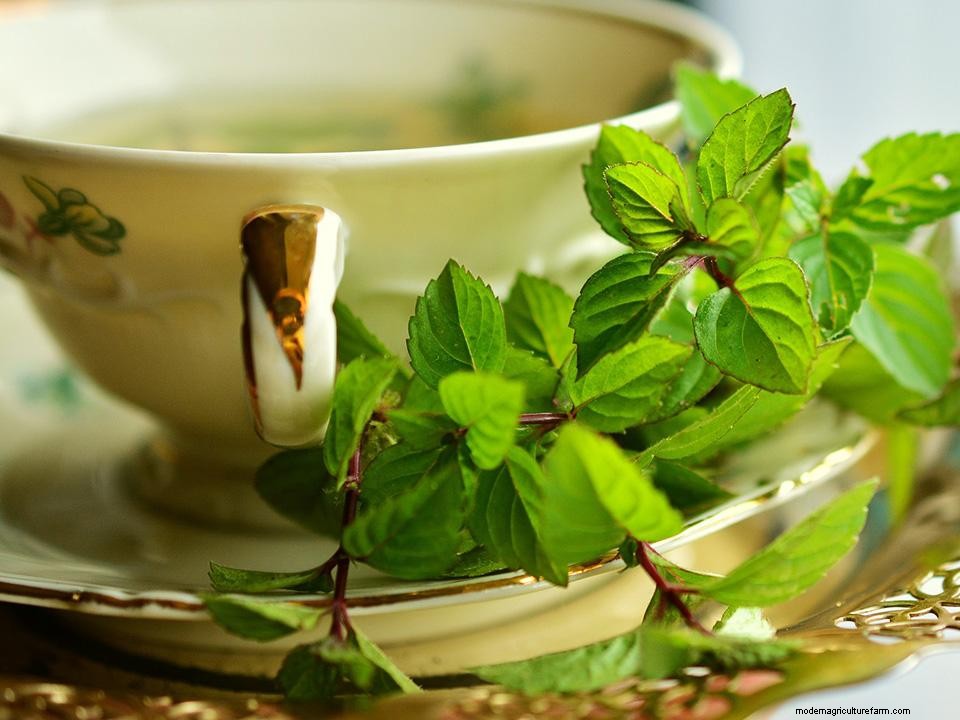
ミント
ミントの活気に満ちた侵略的な特徴は、比較的成長しやすいものにします。ミントは、土壌の下で横方向のルートランナーを実行します。お住まいの地域の他の場所にも表示されます。彼らは同時に水、光、栄養素を求めて他の植物と競争します。
ミントを約2インチ下、12インチ離して植えます。よく水をやります。ボードを落ち着かせることにより、近くの植物の根に到達する根の傾向を測定します。ベッド全体に1フィートの深さのレンガを置くことができます。あなたはそれをあなたの庭のベッドに沈められた大きくて深いプラスチックのキャニスターに置くこともできます。鍋や容器を使って、地上や棚に置くこともできます。
ミントの錆の兆候に気付いた場合は、それを取り除き、破壊してください。それらは他の植物や土壌にすぐに広がる可能性があります。近い将来、新しい作物に影響を与えるでしょう。
ミントの葉をお茶に入れたり、冷たい飲み物を飾ったりすることができます。スペアミントは、ミントフレーバーやゼリーを作るためによく使われます。調理する前に、乾燥した葉または生の葉を普通の子羊に振りかけてみてください。その独特の味を味わってください!
温室でミントを育てる方法の詳細については、こちらをお読みください。
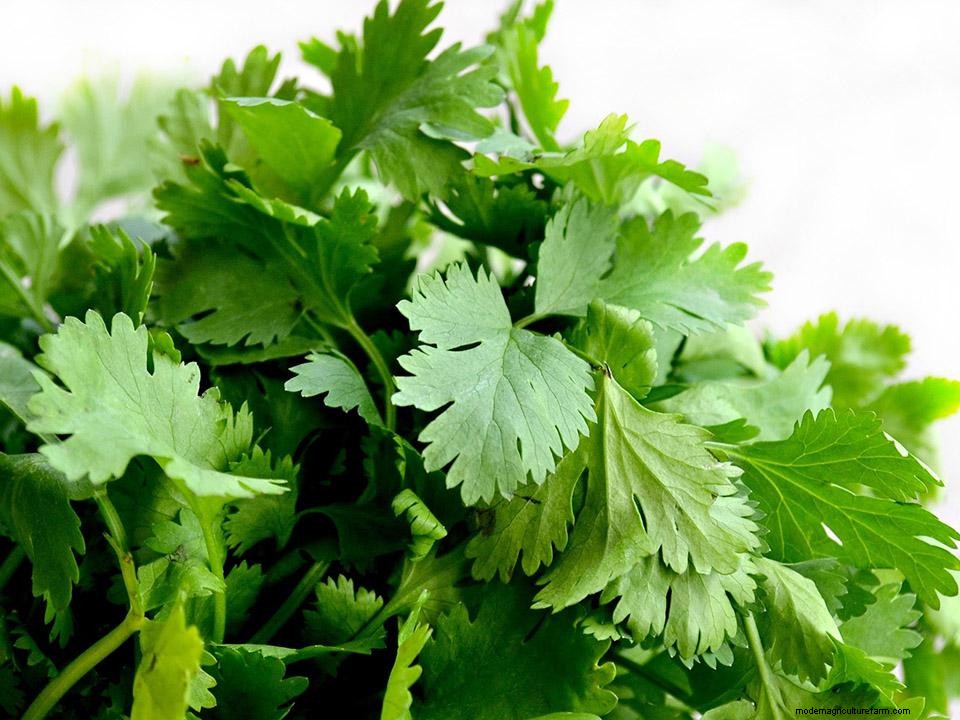
コリアンダー
コリアンダーは、ゆるくて水はけのよい土壌のある鉢やよく準備された庭で繁栄します。このハーブは高さ3フィートまで達することができます。それらは成長しやすく、自己シードします。
このハーブは一貫した水やりが必要です。彼らは完全な太陽と有機材料で改善された緩い土壌でうまくいきます。彼らは開花し、暖かい条件ですぐに種をまきます。それらを移植しないでください。長い直根はとても壊れやすく、怪我をするとハーブは成長しなくなります。種子は50°Fから85°Fの範囲の温度で発芽します。通常、7〜10日で発生します。
それらの枯れ葉を捨てて、地面の破片を拾います。通常の胞子放出サイクルを乱すために時々葉を洗ってください。ニームオイルとPMウォッシュを7日間のスケジュールで適用すると、真菌の侵入を防ぐことができます。 Apply a slow-release organic compost. Never apply unnecessary nitrogen.
Harvest fresh leaves as needed. Cilantro is best harvested early in the morning. Don’t wash the leaves because the fragrant oils will be lost.
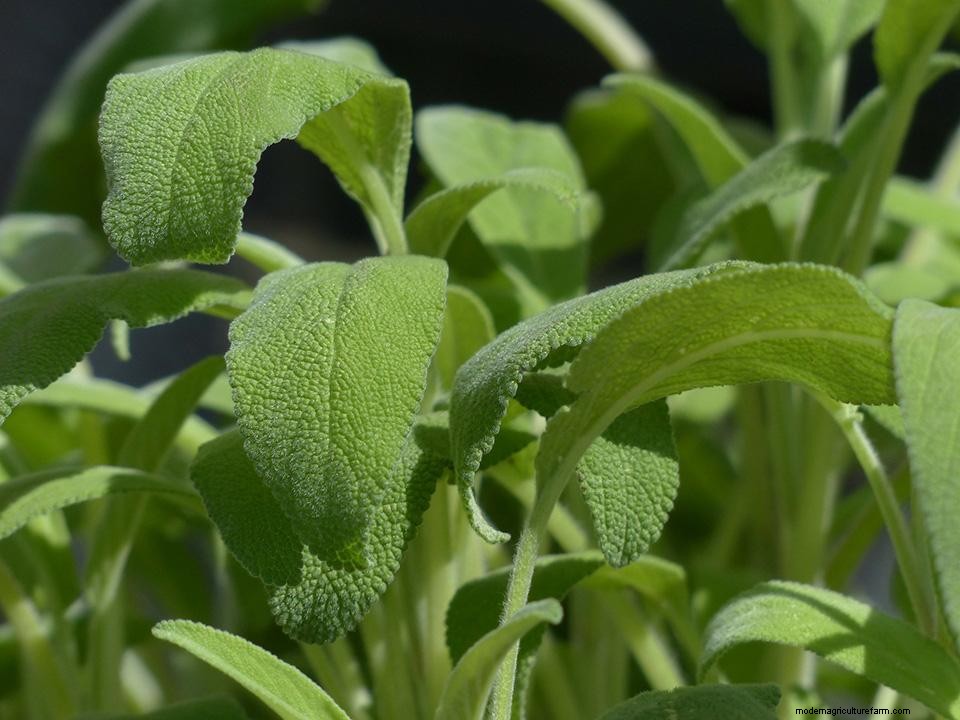
Sage
Sage can be grown from seeds easily. We suggest starting this hardy perennial with other herbs, like rosemary, and basil. You can set out greenhouse-grown seedlings approximately one foot apart.
Spider mites and slugs are a few of the typical pests seen on sage. Eliminate weeds and other garden trash. Discard seriously infested plants by placing them in the trash.
Harvest the leaves delicately throughout the first year of growth. Pick as needed in the coming years. Sage is best consumed fresh but can also be stored. Dried leaves have a powerful and somewhat different taste than the fresh one.
Dried sage leaves are a traditional ingredient for turkey stuffing. The seeds are ready to collect when the blossoms become brown and dry. When it is fully dry, lightly crush the heads and carefully extract away the waste.
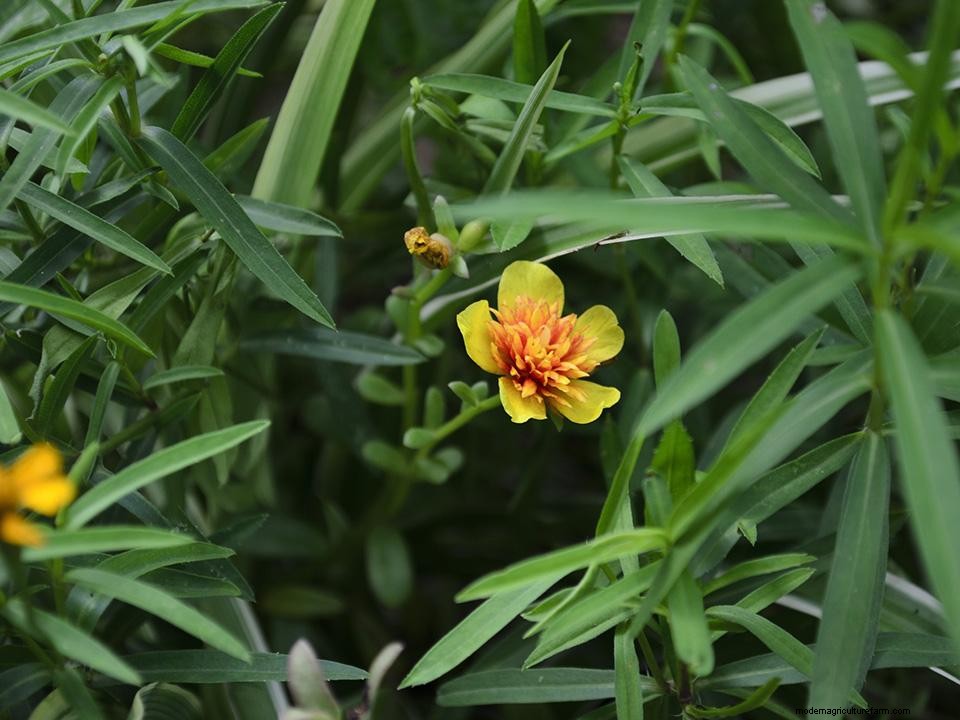
Tarragon
Tarragon is best developed from seedlings, cuttings, and seeds. It is normally easier to plant about 4 to 6 seeds each pot. Apply moistened and composted potting mix. These herbs need to be raised in areas that can get full sun. Ensure adequate airflow.
These hardy herbs can tolerate and even grow in areas having poor, dry, and sandy soil. Tarragon has a strong root system. It makes them quite tolerant of desert conditions. They will survive for 2 to 3 years. However, they will finally run out of steam and need renewing.
There are two varieties of tarragon. First is the French tarragon, which is fully flavored and fancied by foodies. Then the Russian tarragon, which has less flavor.
Set out greenhouse-grown tarragon 18 inches apart. You can cut both the flowers and leaves.
Read this to get more details about growing tarragon in a greenhouse!
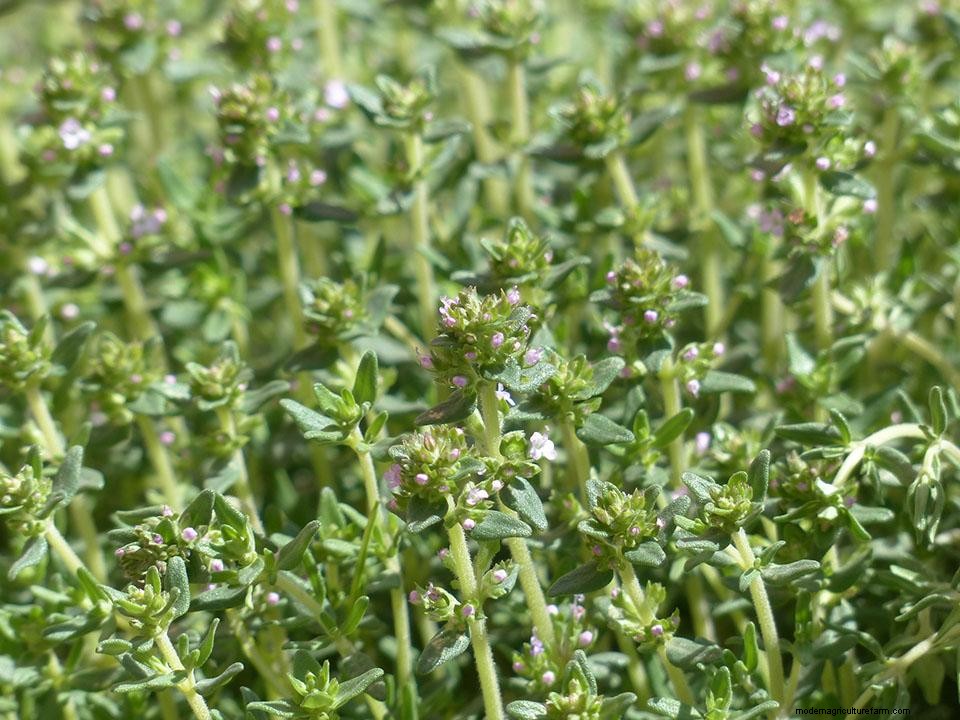
Thyme
Thymes are easy to grow from seed. The germination period may take some time (from 14 to 28 days). Seedings are best started indoors where the temperature can be maintained at around 70°F. Therefore, a greenhouse is the perfect place for it.
Sow seeds in superficial rows about one foot apart. When your seedlings are stabilized, thin them to 6 inches apart.
Harvest thyme before their flowers starts to open. Cut the herb with 1.5 to 2 inches from the spot. A second growth will emerge but this must not be cut. This would lessen the plant’s winter hardiness. Although it is a hardy perennial, they still need a little bit of attention over the winter months to withstand the cold environment.
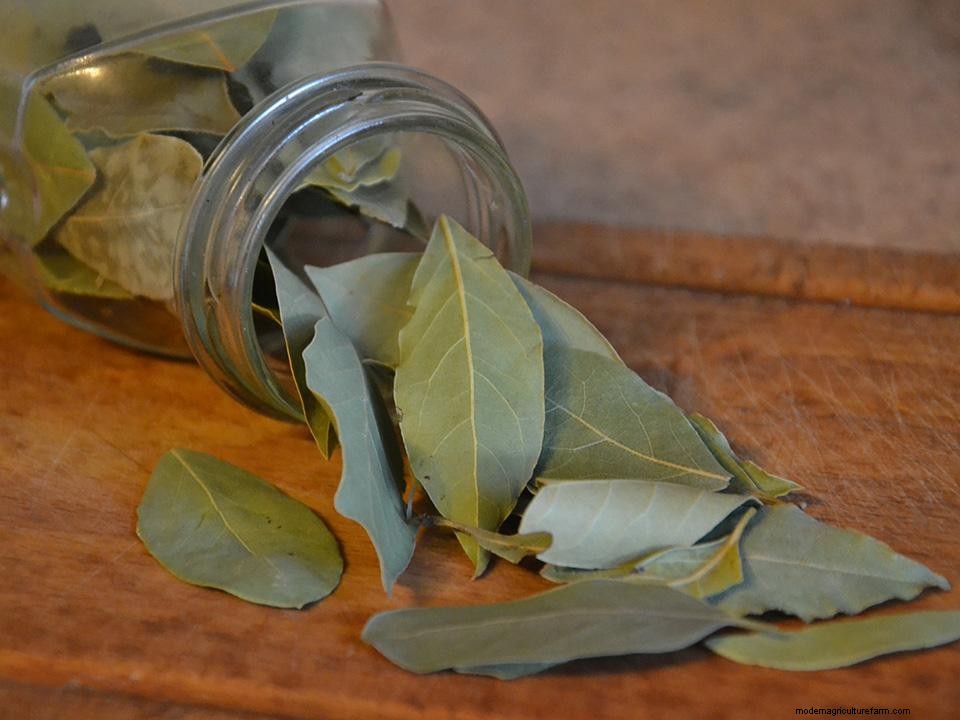
Bay laurel
Bay laurel is an evergreen plant or tree. It is the easiest herb to grow in a greenhouse. It can even survive drought. This tender perennial grows between 3 to 5 feet and even up to 15 feet in tropical climates. Its shiny, durable leaves have many culinary values. Bay laurel is best raised in a container. Random pruning will keep the desired appearance.
Bay laurel leaves can be picked during the season as required. The bigger and older leaves have the strongest flavor. Dry the leaves before saving in sealed packages. This herb can be saved for up to one year. It is a bonus to have at least one bay laurel tree in the corner.
Read this to get more details about growing bay laurel in a greenhouse!
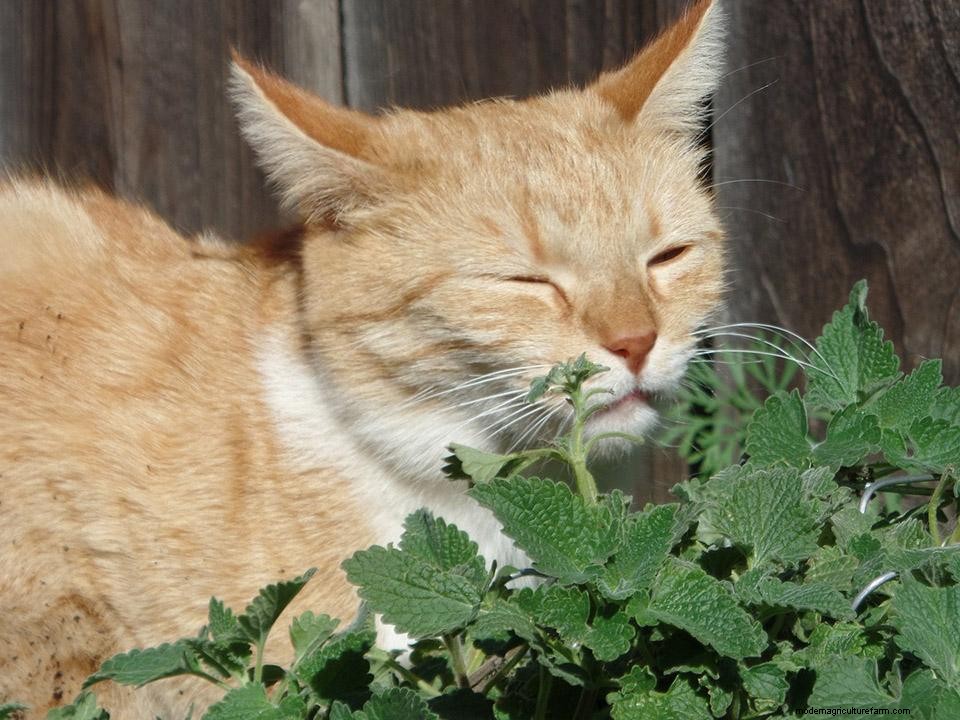
Catnip
Catnip generates quickly from both seeds and leaf-tip cuttings. This perennial herb grows up to 3 feet and it loves full sunlight. It has grey and green leaves with violet blossoms. It easily grows in sunny spots, with enough space, and regular water with excellent drainage. If it goes into flower, cut off the buds to promote stronger and healthier leaf growth.
Be cautious not to excessively mist your plant to control mold growth. Protect them with an arched-shaped wire mesh. This technique will prevent any interested cats in rubbing and licking the herb and will not harm the plant itself.
Catnip attracts helpful insects. You will love it in teas for recreation. Also, try to rub it on your skin. It will act as a natural insect repellant. This is useful to use as a companion plant to repel bugs. Both you and your cat can enjoy the benefits of having catnip grown nearby.
Read this to get more details about growing catnip in a greenhouse!
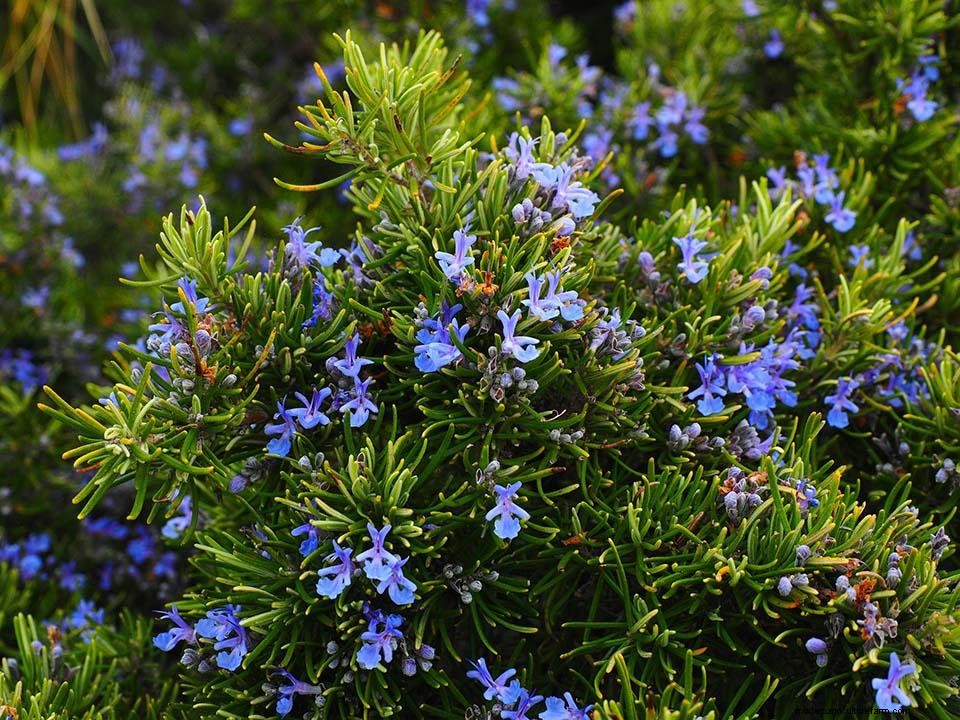
Rosemary
Rosemary is an evergreen woody herb. They grow slowly in their first year or two. It will increase up to 4 feet high with an extent of 6 to 8 feet, depending on your preferred type.
There are two main types of rosemary. The upright and the creeping. Both of them are extremely fragrant. Uprights are completely suited for shaping and as individual plants. The creepers, on the other hand, are good for ground coverings or added slope resistance. Greenhouse coverings can also help you deal with annoying weeds.
It can become sensitive to powdery mildew when packed or planted in wet places. Make sure they have lots of sunlight and adequate airflow to restore vitality.
It is a strongly flavored herb used in cooking and as an element in bouquet topping for soups. Its flowers are more delicately seasoned than its leaves. You will definitely love it on your salads.
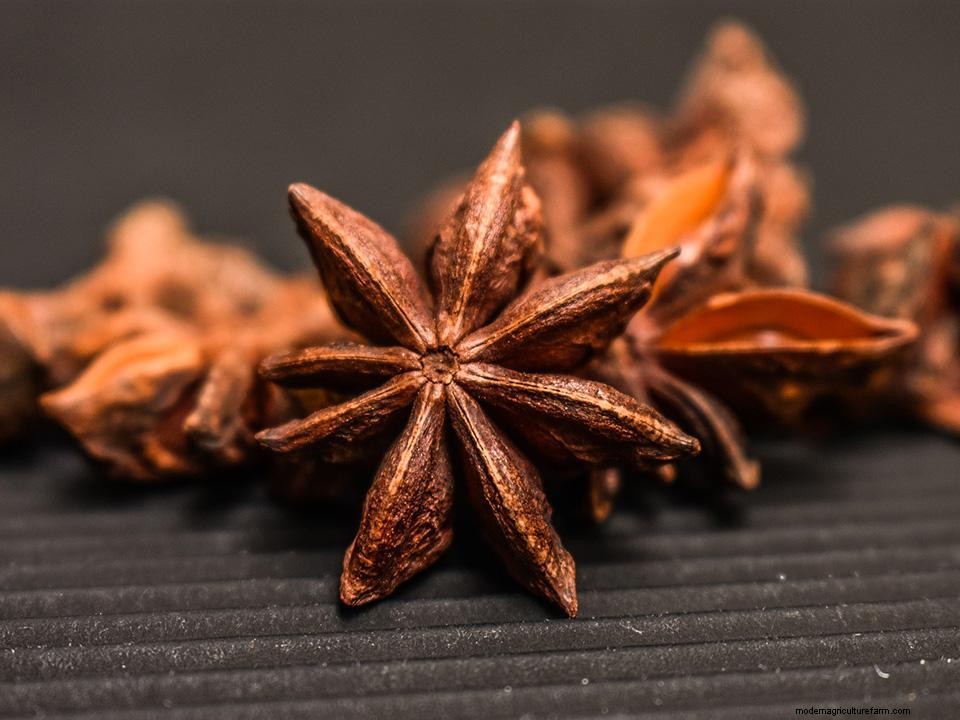
Anise
Anise is so easy to plant. It prefers full daylight and well-drained soil. You can instantly sow seeds or cuttings in your greenhouse.
Anise is a little annual herb with white or faint yellow blossoms. Its scent is comparable to fennel, caraway, dill or licorice. It is native to the Mediterranean and Southern Europe. You can also see them growing wild in open lands.
This plant has lacy leaves and peaks of white blossoms. It gives way to seeds bearing savory oils that taste so great! When blossoming, it presents an abundance of flowers. An anise plant grows between 18 to 24 inches tall.
Star anise thrives in places where the temperature doesn’t drop under 15°F. If you reside in a cooler state below USDA Zone 9, you can plant this herb in a pot. Then you can put it inside a greenhouse in wintertime or grow it inside your greenhouse all year. Harvest the flower peaks after the seeds have grown, and when the flower head has fallen. Read more about growing anise in a greenhouse here!
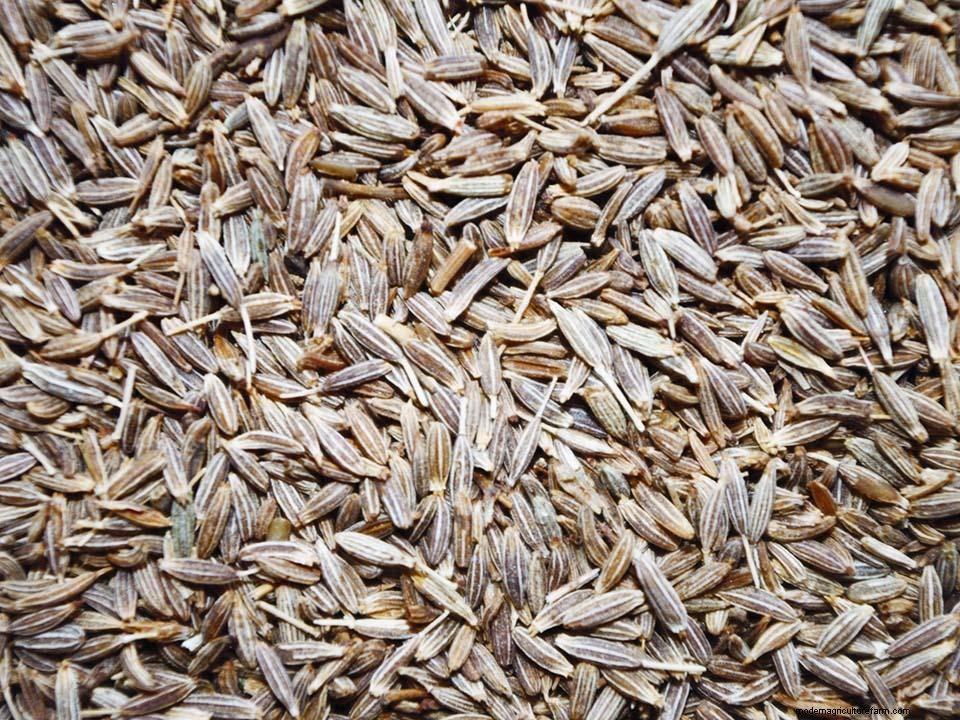
Cumin
Cumin is the second most famous spice in the world! It belongs to the parsley species. It grows high and has slim dark green leaves between 6 to 24 inches high. It is usually grown from seed which you can instantly sow in your greenhouse. Cumin seeds germinate in roughly 7 to 14 days. You can speed up the process by drenching the seeds in water for about 8 hours before sowing. Plant them in containers or raised beds wherever you feel comfortable.
It has a nutty, peppery, sour taste with a rich fragrance and high oil content. Grow the plants in full daylight. It grows fine in normal, well-draining soils. Water regularly. The trick is harvesting the pods when the first ones are roughly spilling the seeds.
Remove the ripen pods and let them turn brown and dry. Next, rub the pods to extract seeds. You can try to take the whole stem and place them upside down in a container in order to get the seeds.
Read this to get more details about growing cumin in a greenhouse!
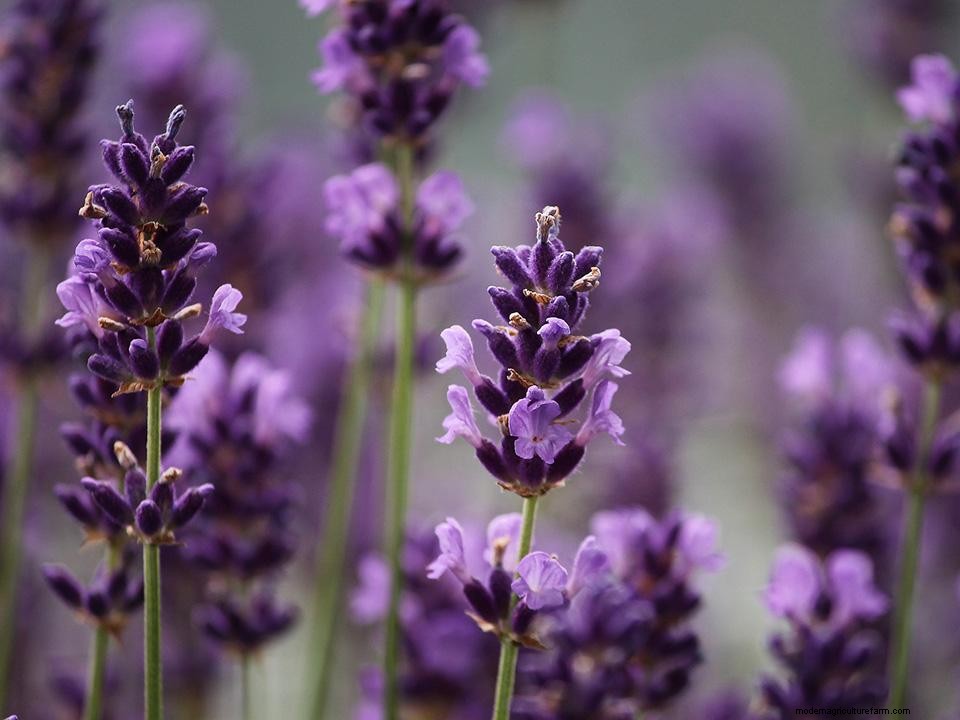
Lavender
Lavender is a strong drought-resistant perennial. It is the most famous of all sweet-smelling herbs. When it blooms, the fragrance drifts pleasingly everywhere. They can become as high as 2 feet. Put the seedlings in a sunny part of the greenhouse. You may also use grow lights because it grows abundantly in full daylight.
Lavender can be forced to flower during the year. You can produce 16-hour days or a 4-hour night break. It will develop in about 8 to 10 weeks if forced in 64°F to 68°F temperatures.
Lavender may be subjected to several pests and diseases. Prevention is the best solution! Supplying good airflow and letting plants to dry somewhat between waterings will help in generating a healthy harvest. They do fine in most soils as long as it is well-drained. Harvest them early in the morning when their oils are at their strongest.
Read this to get more details about growing lavender in a greenhouse!
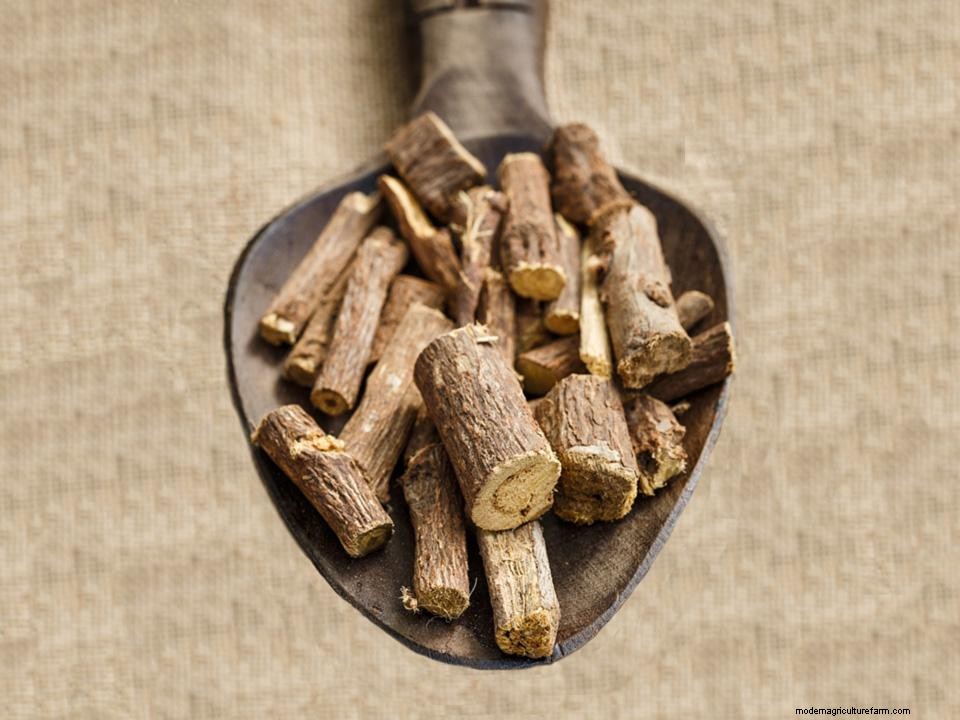
Licorice
Licorice has been loved even in biblical times ago. It was even discovered in King Tut’s tomb. It is surprisingly a member of the pea species. It grows up to 5 feet tall. This herb has a flavor like Anise but they are not linked.
Licorice is a natural remedy for menstrual cramps and the pain of menopause. It is also used as a treatment for ulcers. Some people use it for breast and prostate cancer therapies. This herb is also said to be beneficial for the adrenal gland. It reduces the impact of aging on our brain. It can be used in teas, flavoring many foods, beer making, and an additive in tobacco.
They grow adequately in slightly alkaline soil. The soil must be deep and moistened. The shrubs can be started from seeds and cuttings. They grow best in the broad sun to partial shade.
Let the fresh shrubs to mature for 3 years before harvesting the roots. When harvesting, get the horizontal roots. Never take the main taproot.
Read this to get more details about growing licorice in a greenhouse!
Easy to grow greenhouse flowers
Grow your flowers in a greenhouse and get a spring feeling even in winter. These easy to grow flowers will surely give you the perfect ambiance. Relax and have fun gardening!
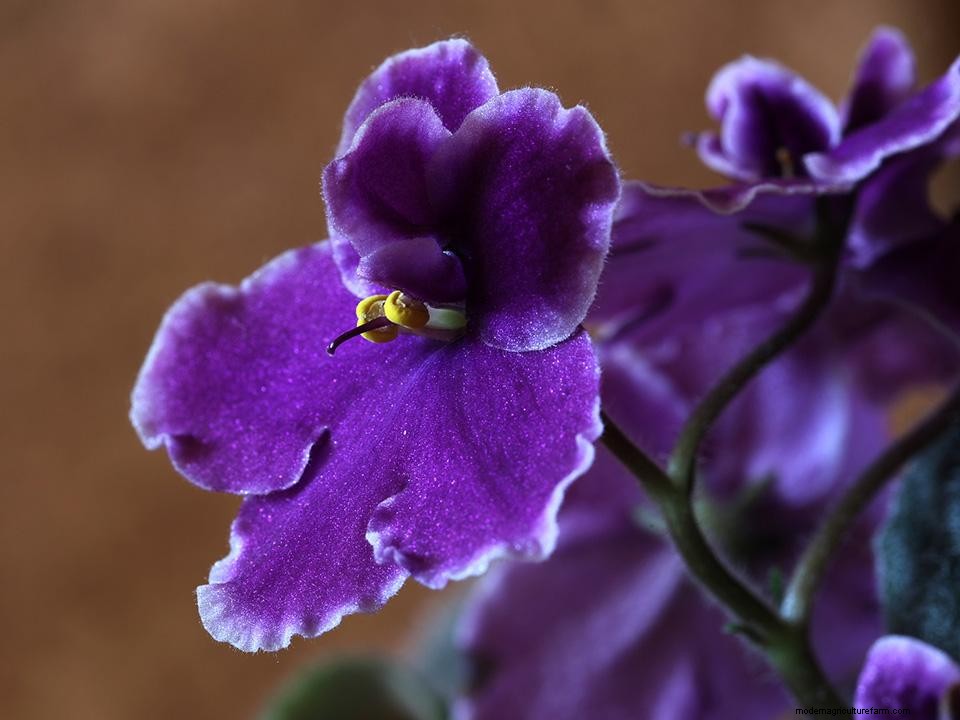
African violets
African violet is so easy to look after and will bloom over and over again even during the long winter months. They are one of the most attractive flowers. This all-time favorite blossoms on several occasions every year.
African violets love the warm environment (not more than 85°F but not less than 65°F). You can keep it flourishing in bright but indirect daylight with moistened soil. They can thrive well underneath artificial lighting if days are too short. Excellent drainage and an African violet fertilizer applied every fortnight can help.
Remember that if the soil is extremely dry or there may not be sufficient light, it may produce less to no flowers at all. Do not use cold water because it will create spots on its leaves. Read more about growing African violets in a greenhouse here!
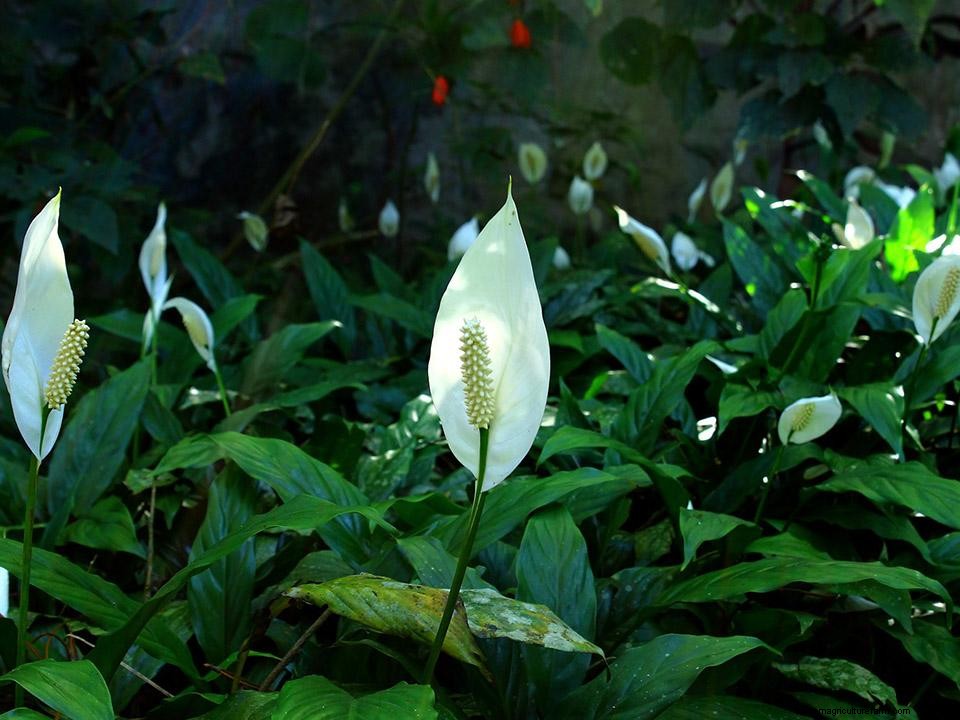
Peace lily
The peace lily is one of the well-known houseplants. They are easy to cultivate and a pretty decoration, too! All you need is to imitate the tropical environment in your greenhouse. Peace lilies may produce white to off-white flowers. This flower will continue to bloom especially with adequate light.
Peace lilies rather tolerate underwatering than overwatering. It is one of those numerous reasons why they usually die. Easily feel the top of the soil to observe if it is already dry. If it is, then you can water your plant. If it is still moist, it doesn’t require watering.
Peace lilies may rise between 1 to 6 feet high. Better check the expected height. These lilies can also purify toxins from the surroundings, according to NASA. The downside is that it may induce stomach and respiratory irritability if consumed or inhaled in large quantities. Remember to keep peace lilies away from small children and pets. Get more details about growing peace lilies in a greenhouse here!
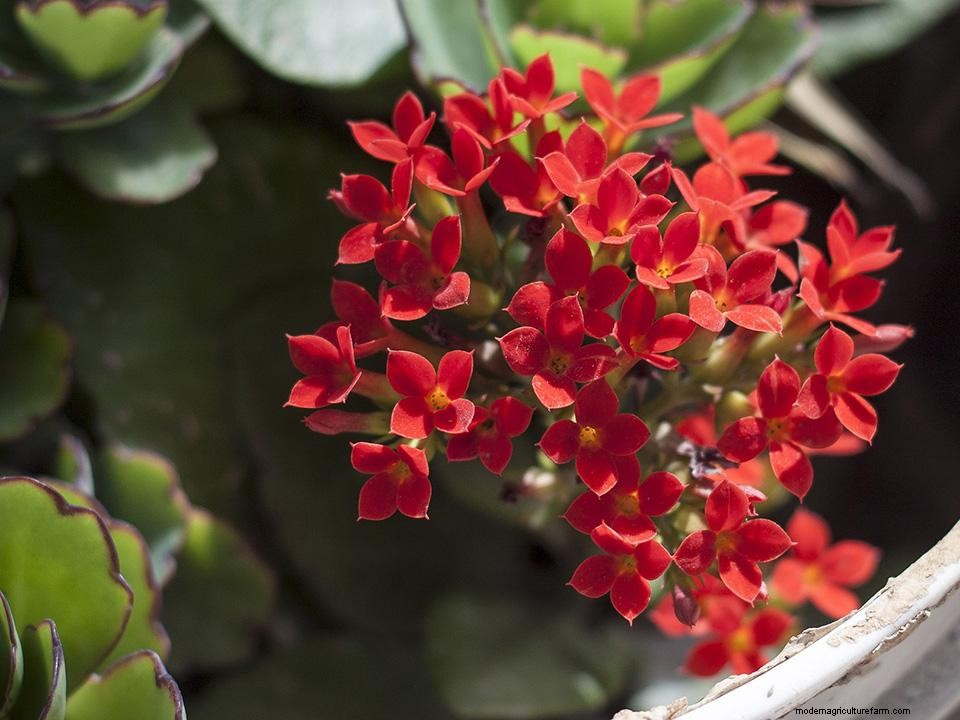
Kalanchoe
Kalanchoe blossfeldiana is one of the most famous potted flowers in a greenhouse. The lush stem-tip cuttings are almost easy to develop. Postharvest production is great. It provides long-lasting flowers which serve as a magnificent decoration for your greenhouse or your house. They are short-day plants. It flowers when the day time is equivalent to or less than 12 hours.
A lot of flowering potted plants are grown in autumn, winter and early spring. This is when the actual light levels are weak.
This water-retaining plant produces bright, bell-shaped flowers. It also needs very little attention. Kalanchoe embraces dry environments and temperature fluctuations. It is also excellent with 45°F wintertime climate.
Read this to get more details about growing kalanchoe in a greenhouse!
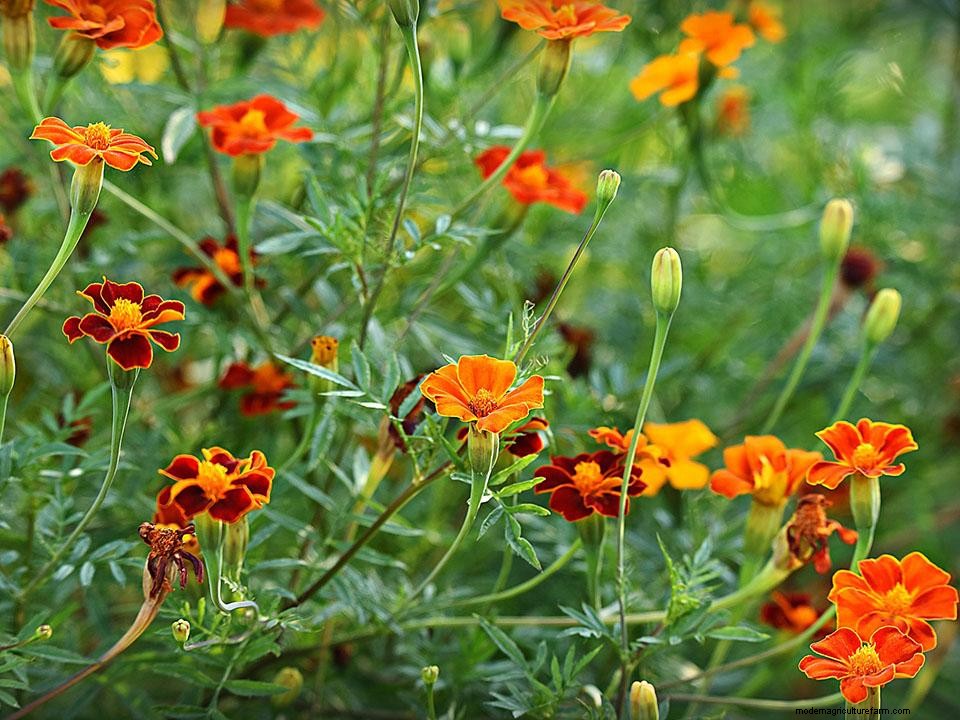
Begonia
Begonias are easy for any gardener to take care of. It doesn’t matter whether they are set indoors or outdoors. They also appear in varying foliage colors and designs. Replant them in beautiful hanging baskets, pots or containers. You can choose from a fibrous or tuberous variety.
These flamboyant blossoms simply need some occasional watering and even less water in wintertime. It is beneficial to water first thing in the morning. This will stop water spotting or burning of the leaves on summer days.
Begonias are also susceptible to powdery mildew. It is best to regulate humidity, improve airflow, and grow with warm temperatures.
Proper heat and light will let begonias to grow full and quickly. These flowers will persevere in even the cloudiest spots in summer.
Read this to get more details about growing begonias in a greenhouse!

Marigold
These easy to care, brilliant flowers are oftentimes used as Mother’s Day presents. They are displayed individually or in bunches. Marigold flourishes in abundant sunlight. This flower usually endures very hot seasons. They produce satisfying results in reasonably fertile, dry or well-drained ground. Marigold has few pests difficulties. Once they are grown and fixed, try pinching off the tips to boost them to become thicker. Water at the bottom of the plant.
Once flowers are planted, they will only require very little attention. Just water them regularly and don’t let the soil dry out.
Read this to get more details about growing marigolds in a greenhouse!
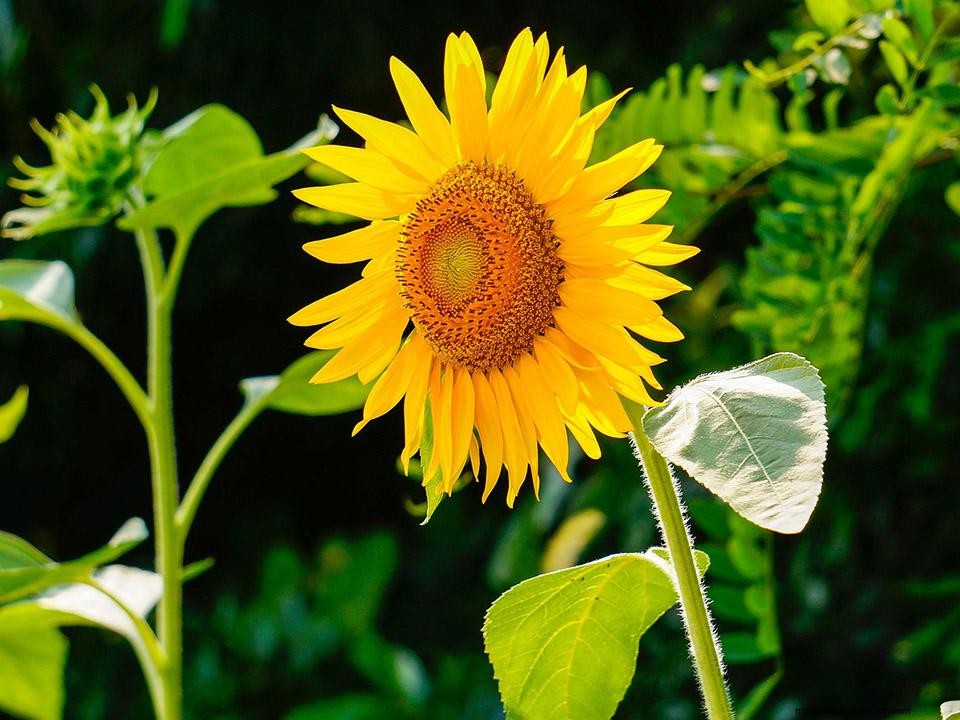
Sunflowers
A favorite to almost everyone. You will unquestionably be fascinated with the sunflowers stretching up to 10 feet high! Simply scatter the seeds right into the soil in a sunny, protected place and watch them blossom.
Sunflower seeds sprout quickly when originated in greenhouses before the start of the growing period. Expose these sun-loving flowers to direct daylight for at least 10 to 13 hours a day. You can also provide artificial light if natural light fails to satisfy them.
Slugs and snails love to eat fresh and developing shoots. Protect them by using a covering defense, like the head of a plastic bottle. As the sunflower takes form and begins to grow higher, you may want to hold the plant straight up. For the best outcome, tie a stick to the stem using strings.
Read this to get more details about growing sunflowers in a greenhouse!
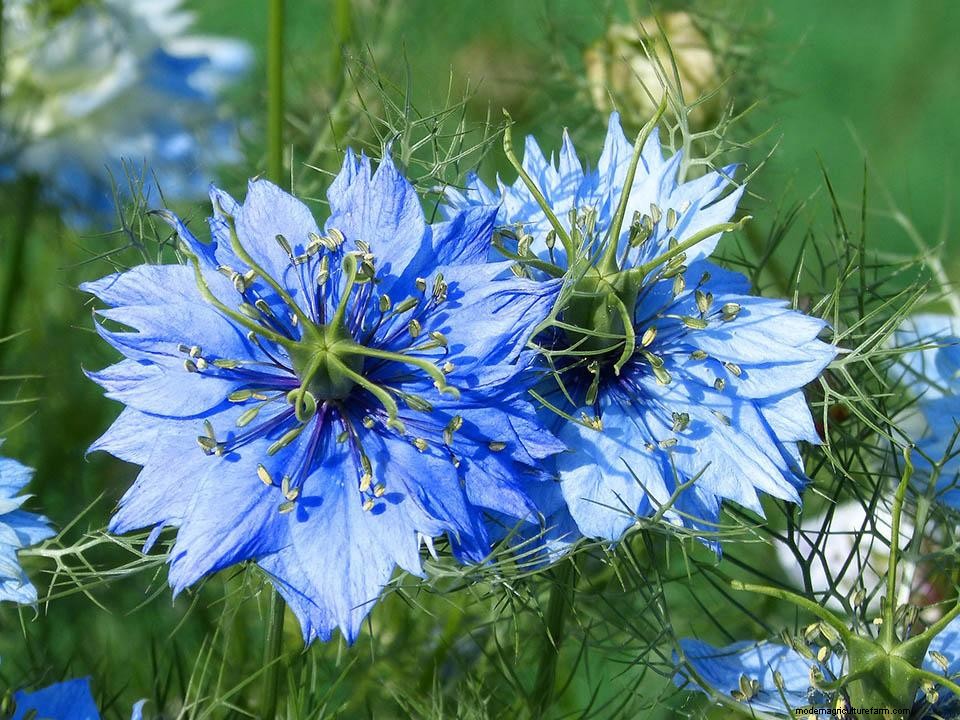
Nigella (love in a mist)
Nigella is an amazingly easy flower to grow. Just spread the seeds over a spot of naked soil, rake it, and let it take care of itself! They look great in planters and hanging baskets.
Their seeds love a sunshiny spot but they are also fine with a shady spot. It self-sows easily but is not annoying. You may choose to think about border edging to restrain them. It doesn’t want being transplanted so it is always best if sown directly.
Amidst jewel-like blossoms and fragile ferny leaves, it is much sturdier than it seems. As the flowers wither, this attractive flower will produce seed for the next year. It is practically pest-free because they do not last long enough to be disturbed by any pests or disease.
Read this to get more details about growing nigella in a greenhouse!
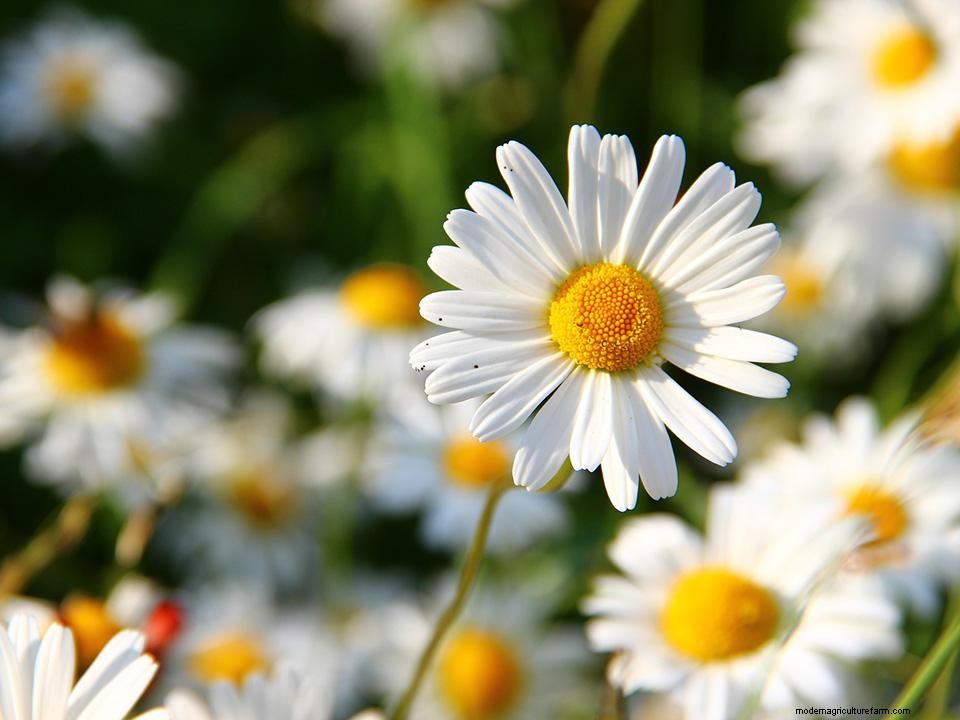
Daisies
Most gardeners enjoy their easy to grow character. They appear to grow in all forms and sizes.
Daisies are usually developed from seeds. Healthy soil is the key to planting most flowers. The soil needs to be fertile and well-draining. Constant trimming and deadheading are what keeps them flowering.
Daisies are rarely disturbed by pests and diseases. They generally do not require insecticides. On some isolated circumstances where pests and diseases are a difficulty, you can treat them with a bar of insecticidal soap at the initial sign of a problem.
Plant in full sun and water completely but never over water. This will make them overly tall and lanky which requires staking. If they are in a shady place, they will reach for the sunlight and fall over.
Read this to get more details about growing daisies in a greenhouse!
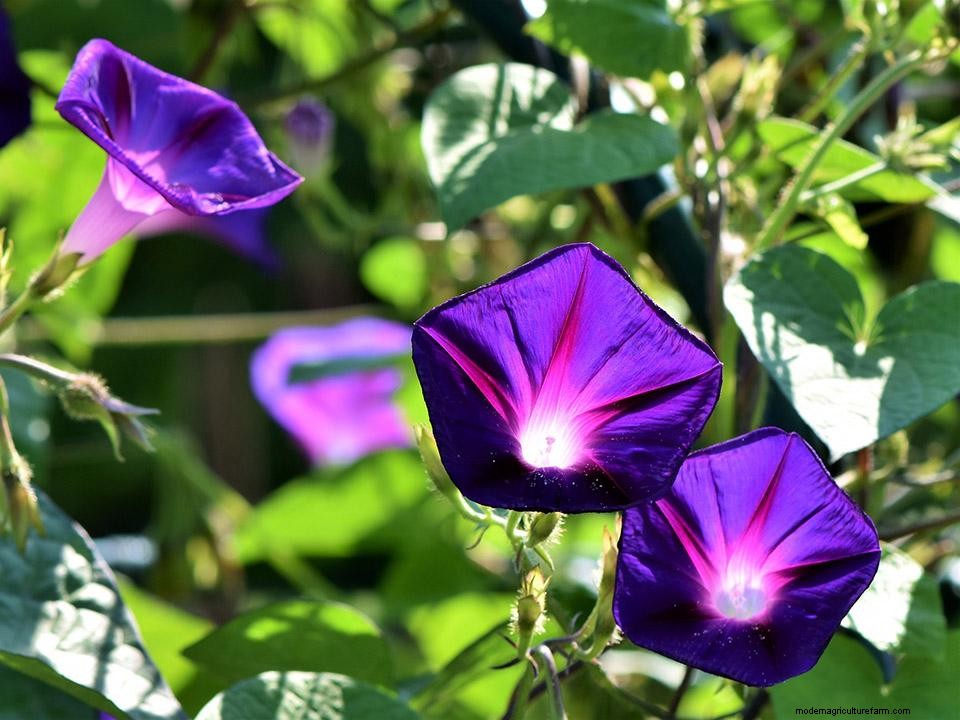
Morning glories
Are you looking for a fabulous, quick flowering climber that will overwhelm you with a wealth of blossoms? Why don’t you give morning glories a shot? The large, perfumed flowers unfold to welcome the morning sun, then close up at lunchtime.
If you want to enhance the germination speed, immerse it in warm water for a couple of hours. Make sure you have something for them to go upward to flash their brilliance. Morning glories love the bright sunlight. They will even grow in normal to weak soils. It just a little attention so this is really great for kids and inexperienced gardeners. They are usually not even bothered by pests and diseases.
They are not safe for ingestion because most portions and seeds are toxic. Morning glories are recognized as harmful weeds to some people. It is against the law to plant them in Arizona. Read this to get more details about growing morning glories in a greenhouse!

